We believe in visual models that support common views, transparency and collaboration, that helps us as individuals and teams shift towards a growth mindset.
The system shift poster was initially created due to our need within Dandy People to find common ways to think about and work with Agile transformations without getting fixed to specific frameworks – and also in an efficient way communicate how we work towards our customers.
The poster is our combined experience within the team at Dandy People, condensed into one page of goodies.
Questions we wanted to answer in this poster
- What are the different choices we have on where to start?
- What structured ways of moving towards Agility do we see?
- What type of leadership is needed to enable an Agile organization?
- Why do we start with structures and not just training?
- How do we enable sustainability in change that never ends?
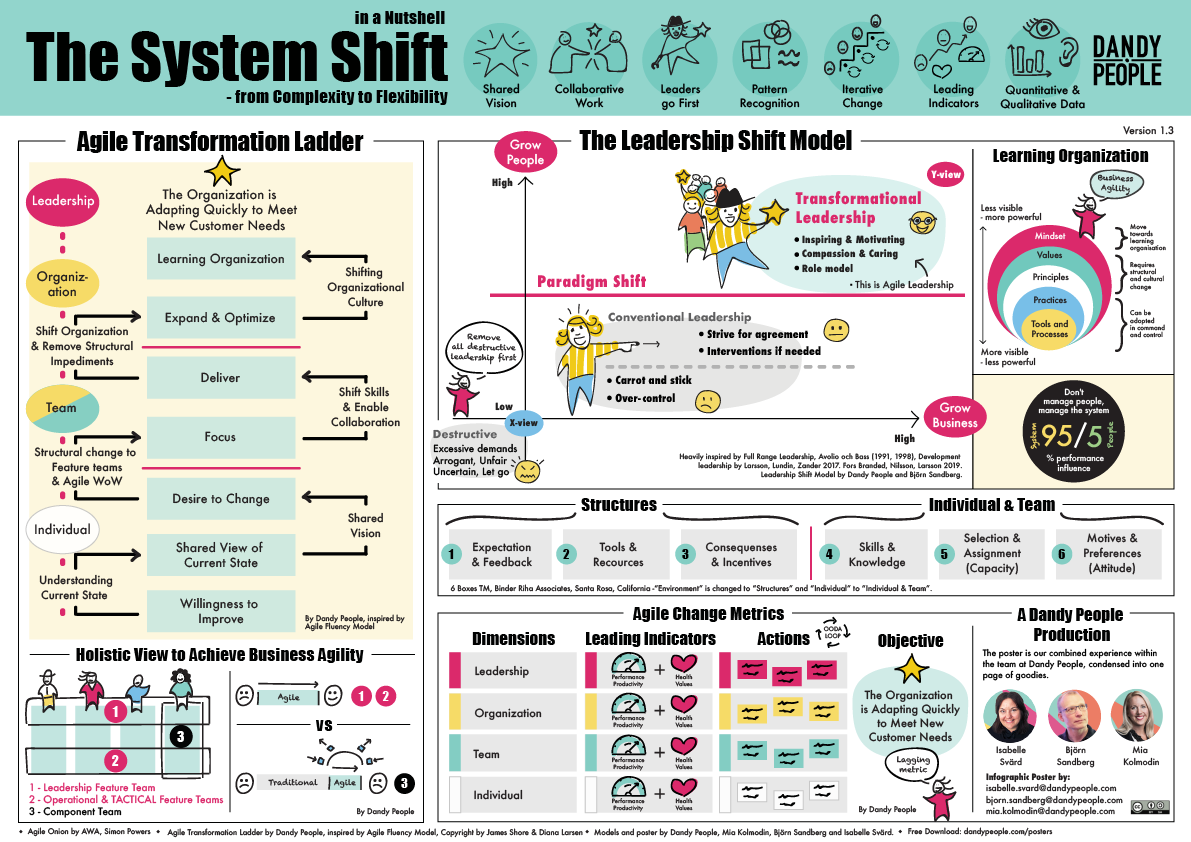
Download the System shift in a Nutshell poster for free here (PDF) >
What are the different choices we have on where to start? – Holistic view to achieve Business Agility
We have seen many organizations start their agile journey within one part of the existing organization, mostly within IT (component teams). For traditional organizations to become more innovative, have shorter time to market and stay relevant as employees and for their customers, that is no longer enough. We suggest that you work “bottom up” – and “top down”, and that you create cross functional feature teams on both operational level AND on leadership level, as far up in the hierarchy as possible. A cross functional leadership team is needed to give focus to the organization and to remove impediments from the operational teams as quickly as possible. Traditional structures are too slow and will not suffice.
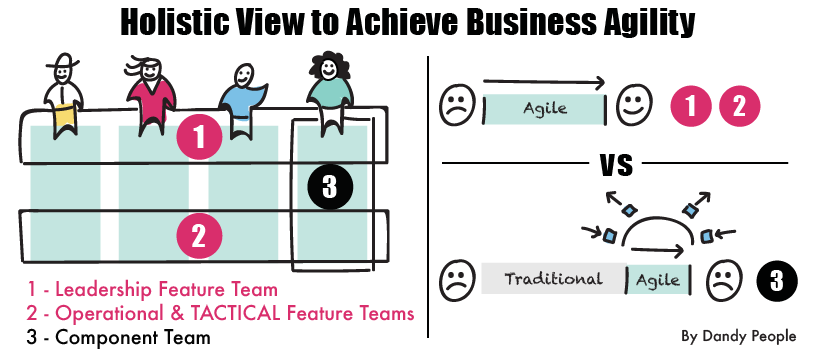
What structured ways of moving towards Agility do we see? – The Agile Transformation Ladder
The ladder is helping us see the necessary steps that traditional organization need to move through to become flexible and highly efficient.
The change process happens in 4 dimensions:
-
- Individual
- Team
- Organization
- Leadership
Visualized in the ladder you can see that leadership runs like a red thread from the bottom to the top. Leaders need to go first to act as a role model and enable improvements of the system. You will be able to read more about the ladder in an upcoming post.
Agile Transformation Ladder by Dandy People, inspired by Agile Fluency Model, Copyright by James Shore & Diana Larsen.
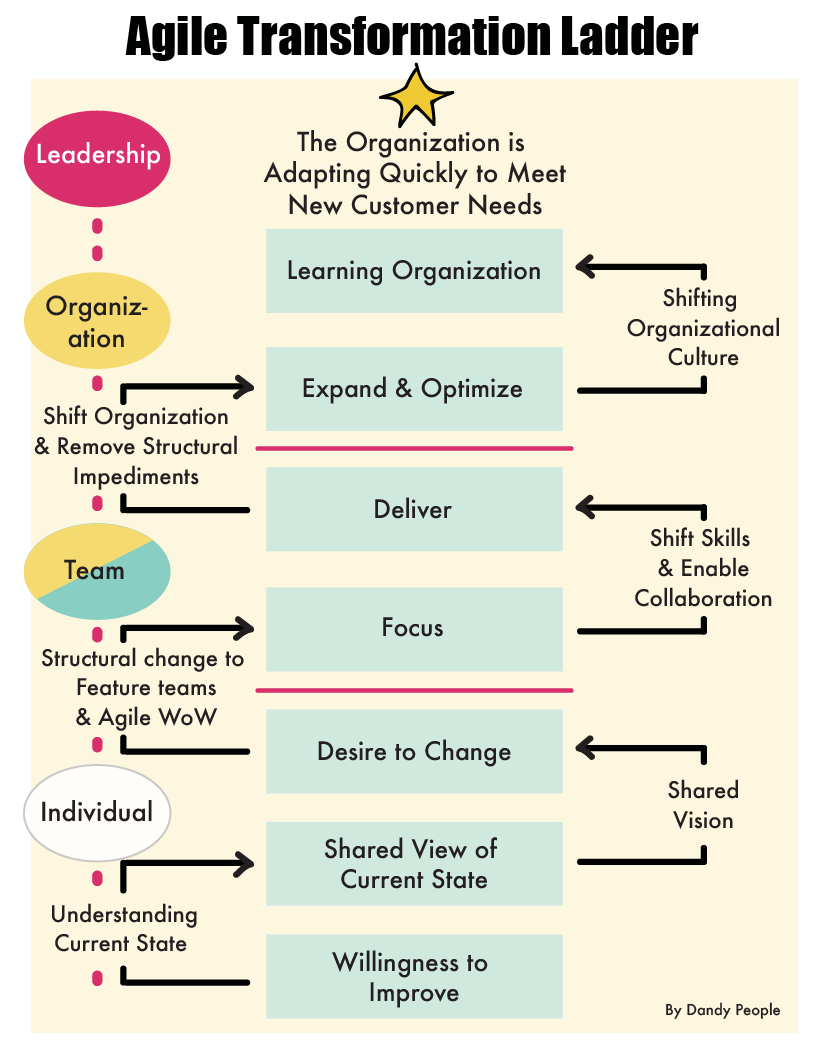
What type of leadership is needed to enable an Agile organization? – the Leadership Shift Model
The Leadership Shift Model shows the paradigm shift in leadership today where new leadership behaviours are needed in a VUCA-world to be able to improve business. Instead of traditional ways that focus on managing people we need to shift towards growing people to enable business growth. Traditional conventional leadership focuses on striving for agreements and to make interventions if needed, and if even further down the use of “carrot and stick”, reward and punishment and being over controlling is common. These conventional leadership styles (and systems) are holding people back as well as holding their ability to innovate and solve real customer problems. In the short term it might look as your organization is delivering, but long term your business will suffer.
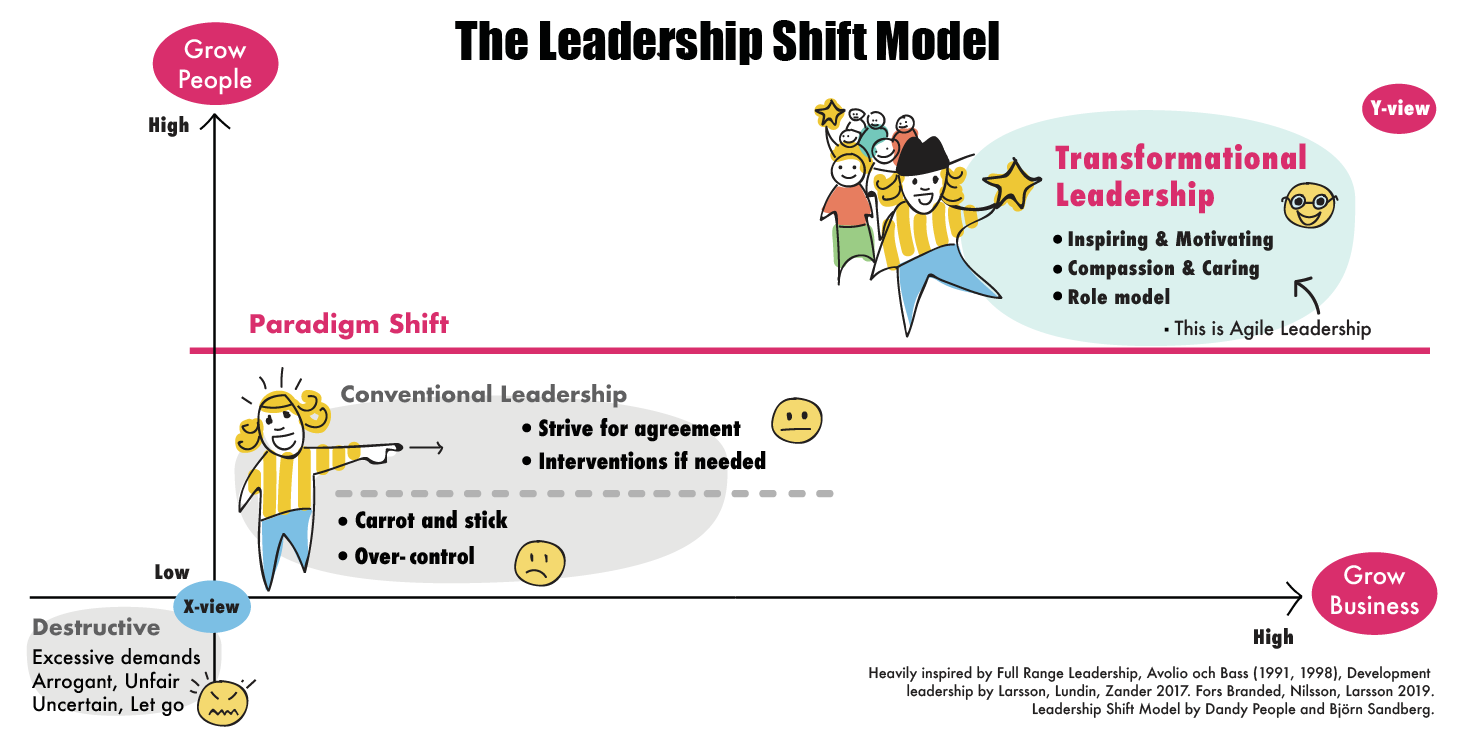 (more…)
(more…)
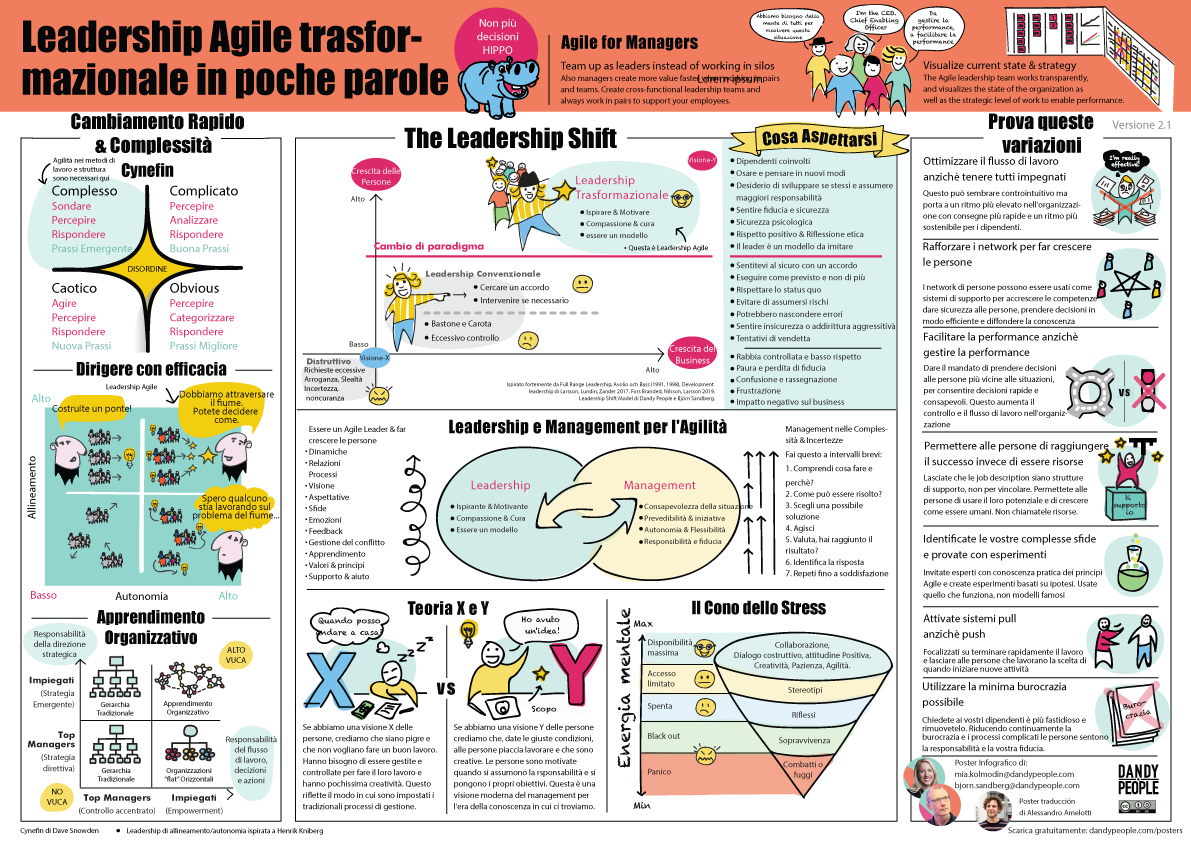
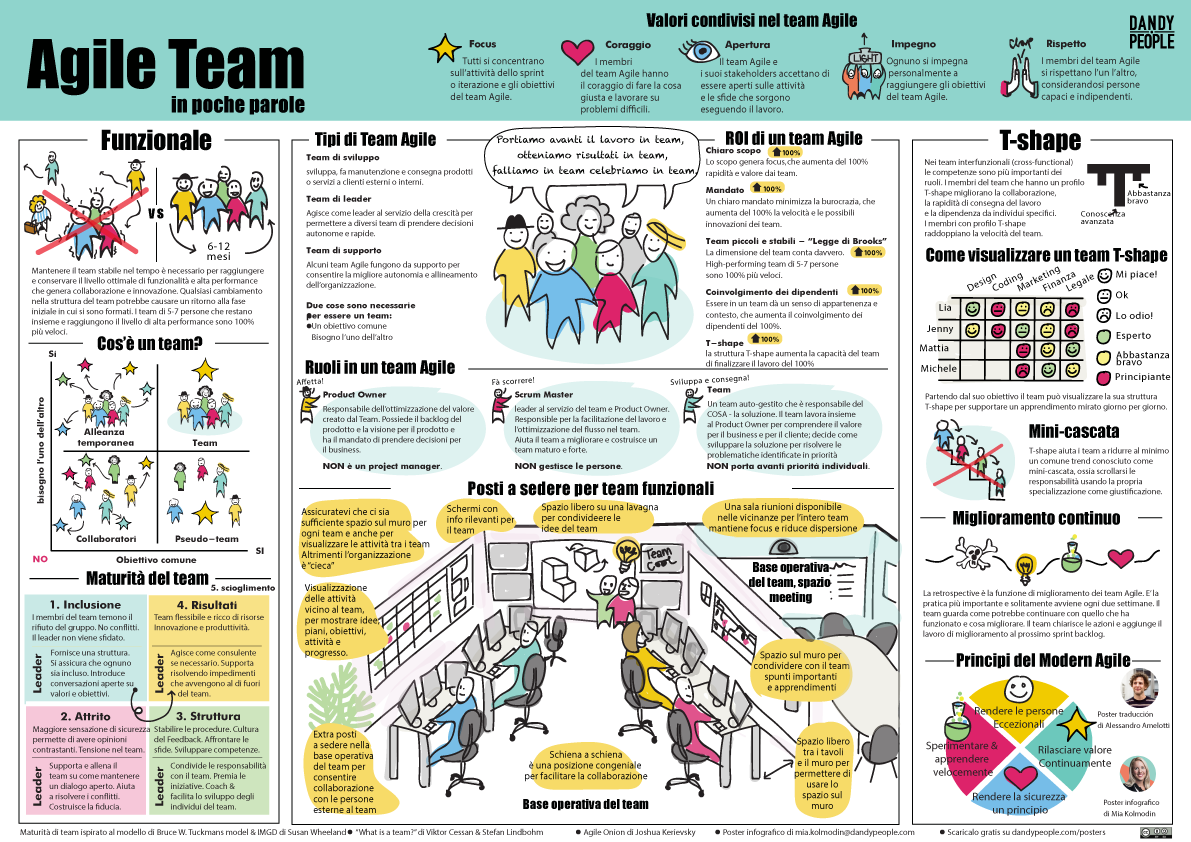
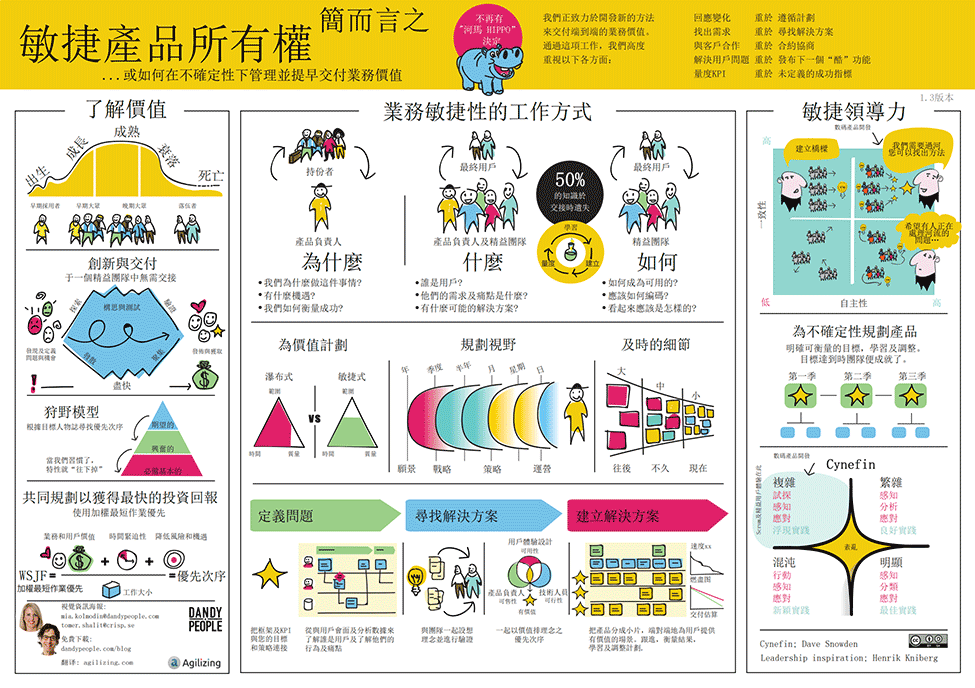

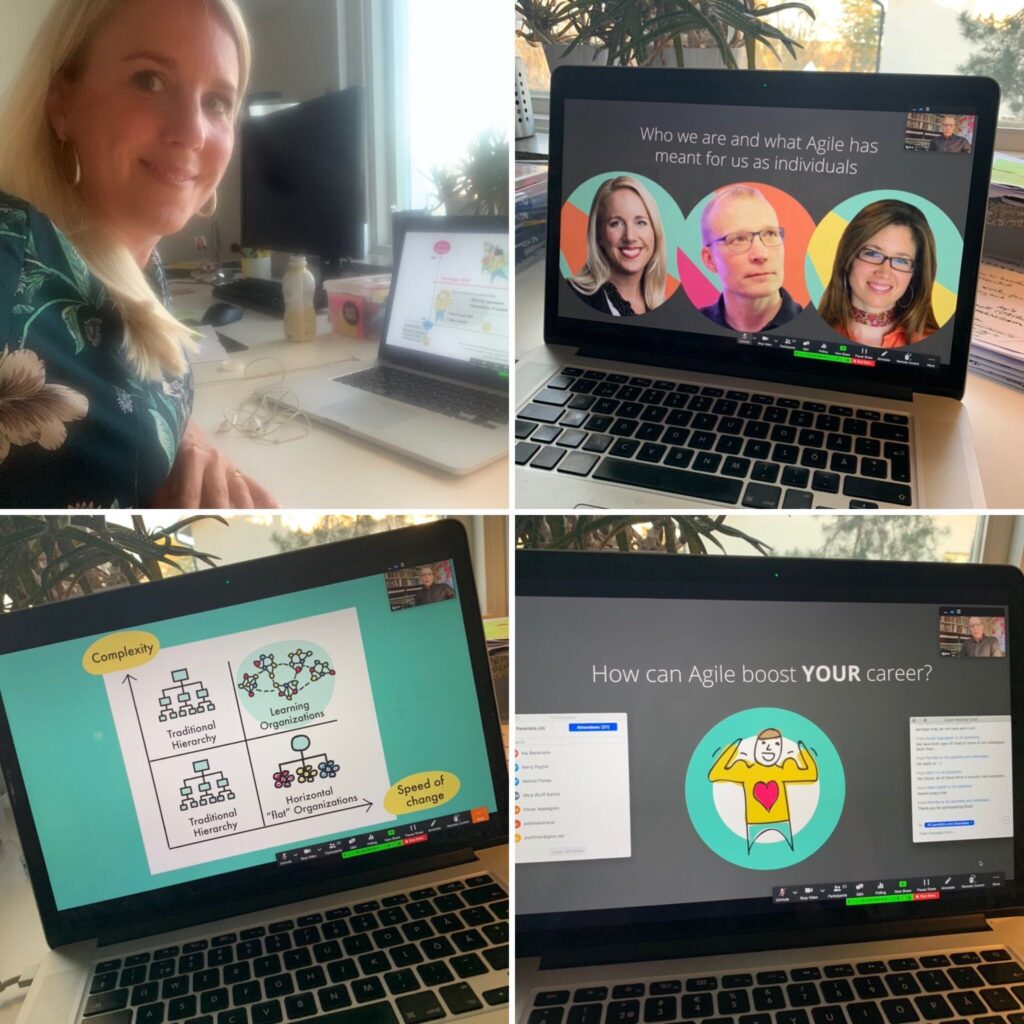
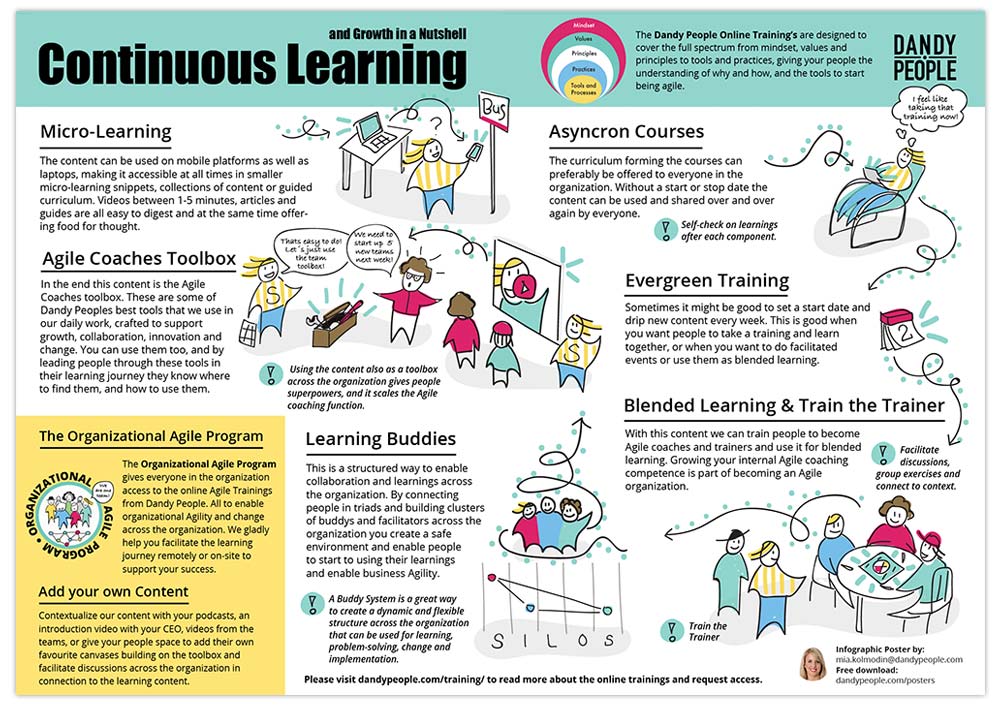
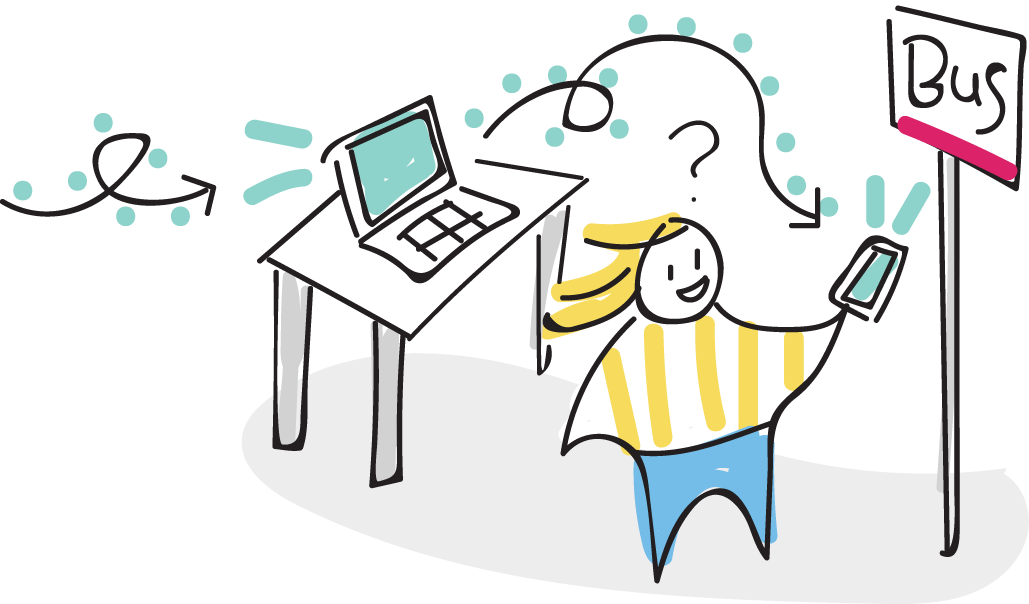
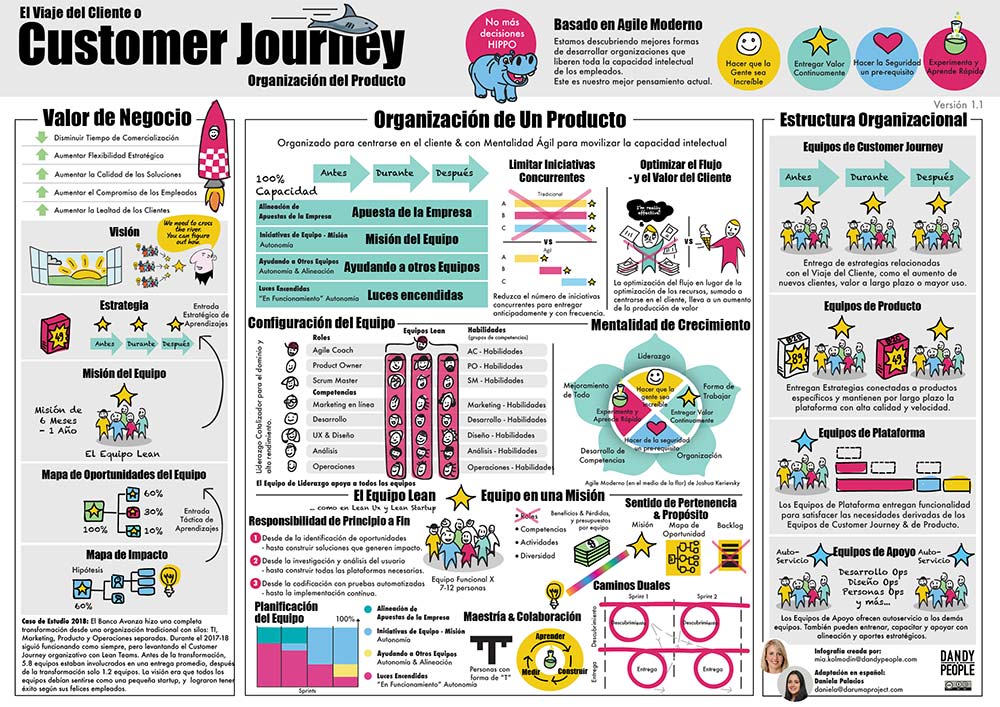
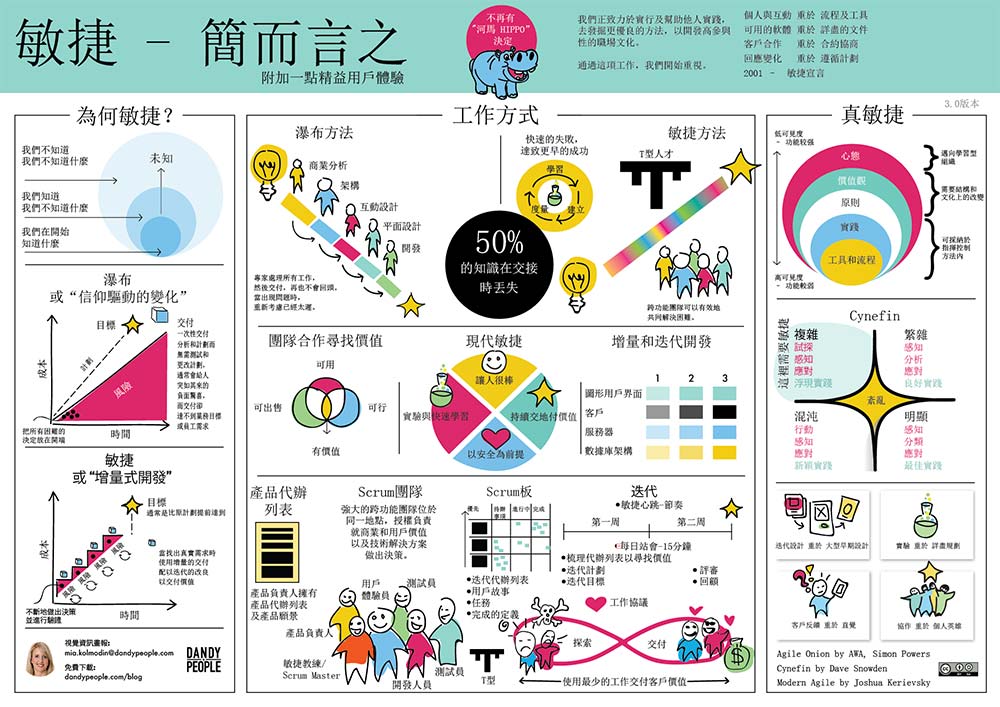
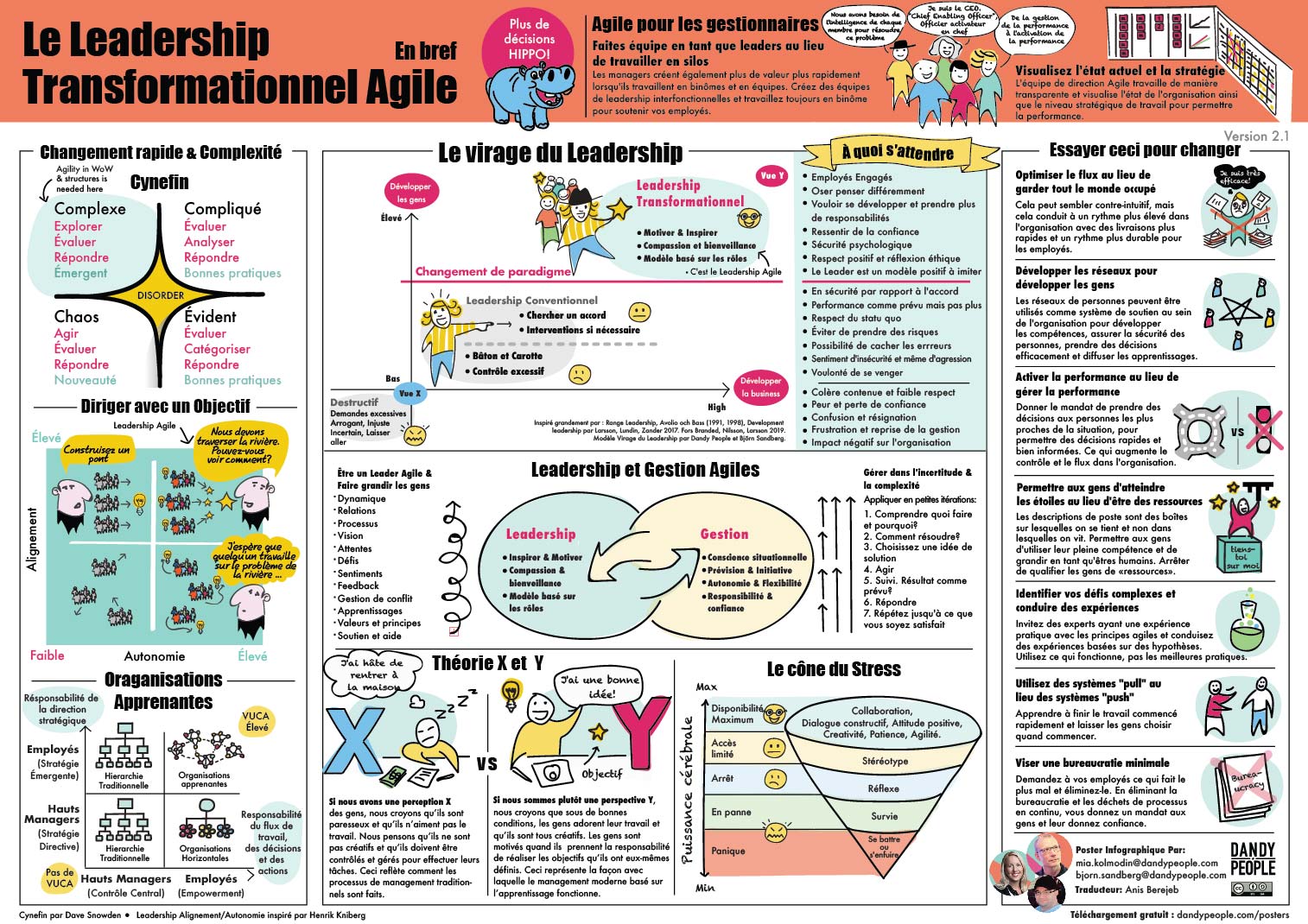
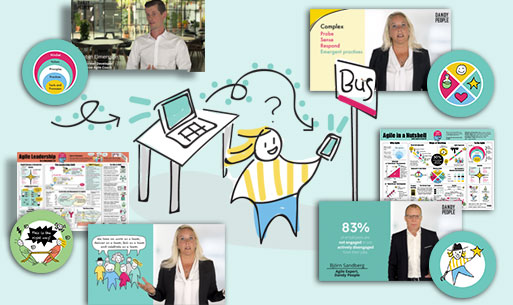
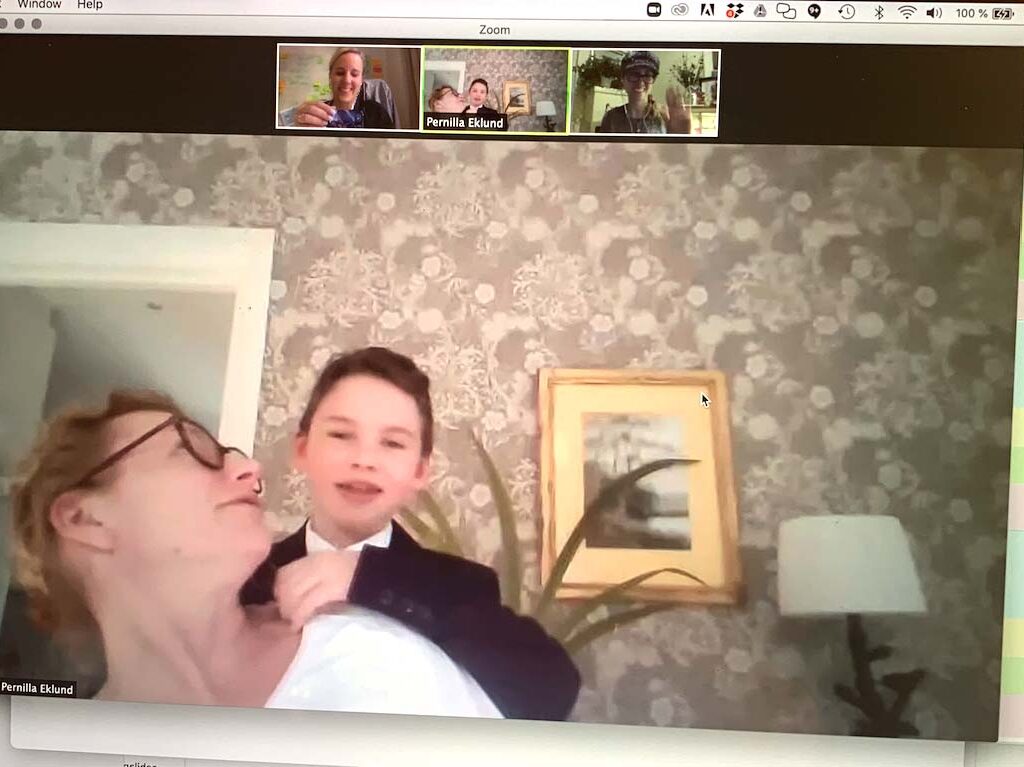
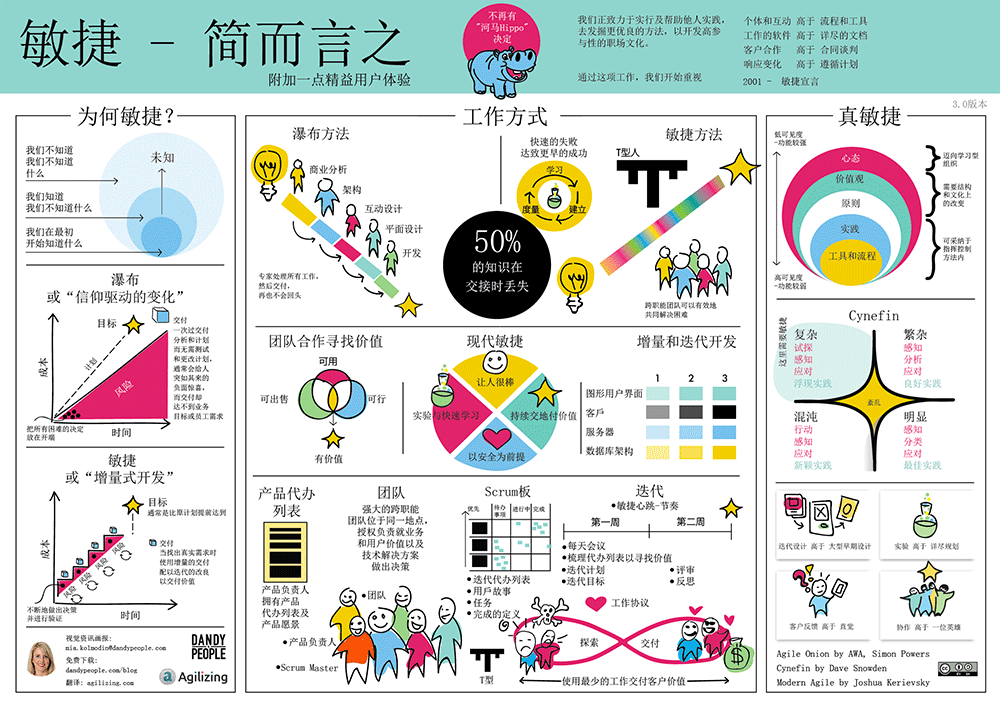
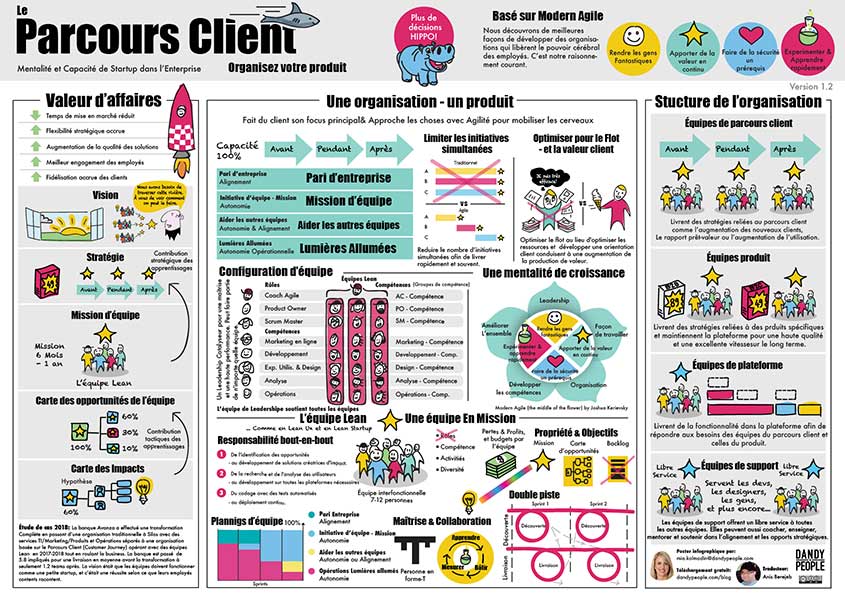

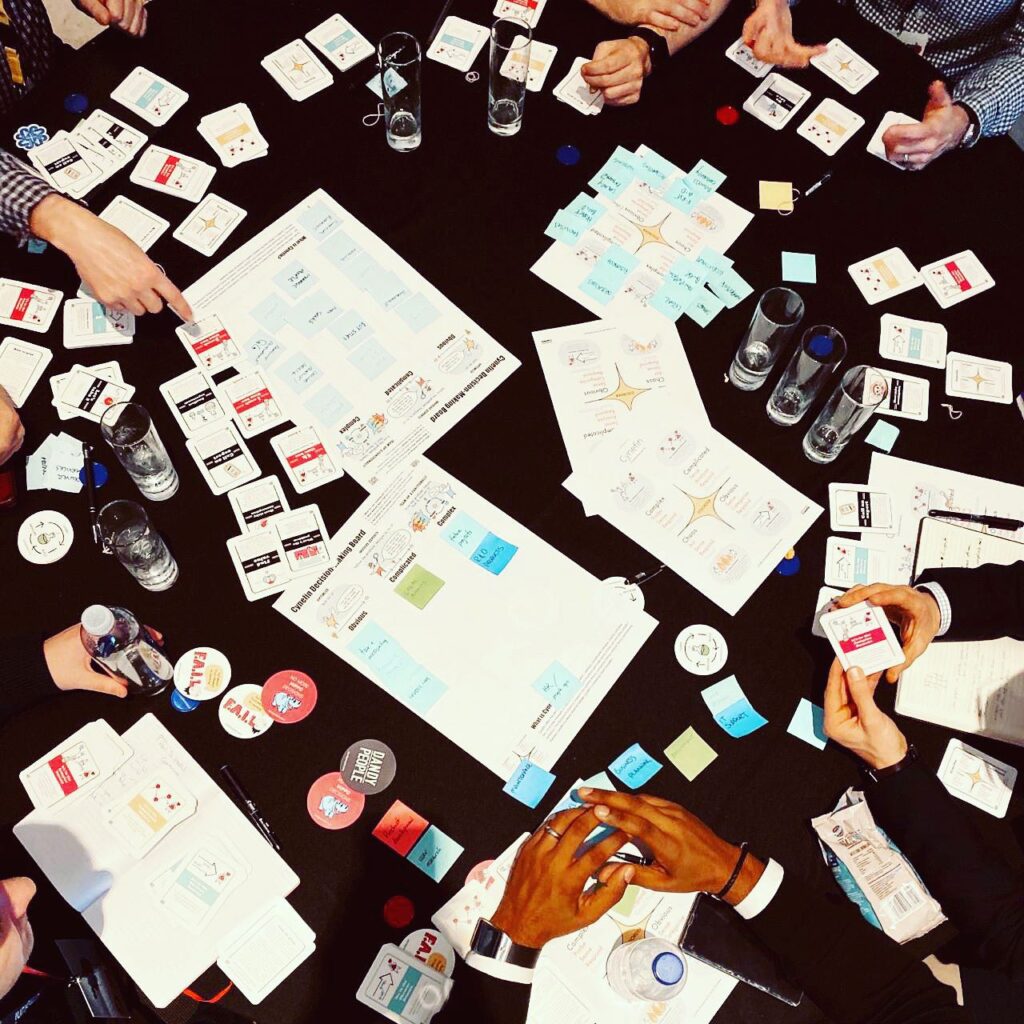
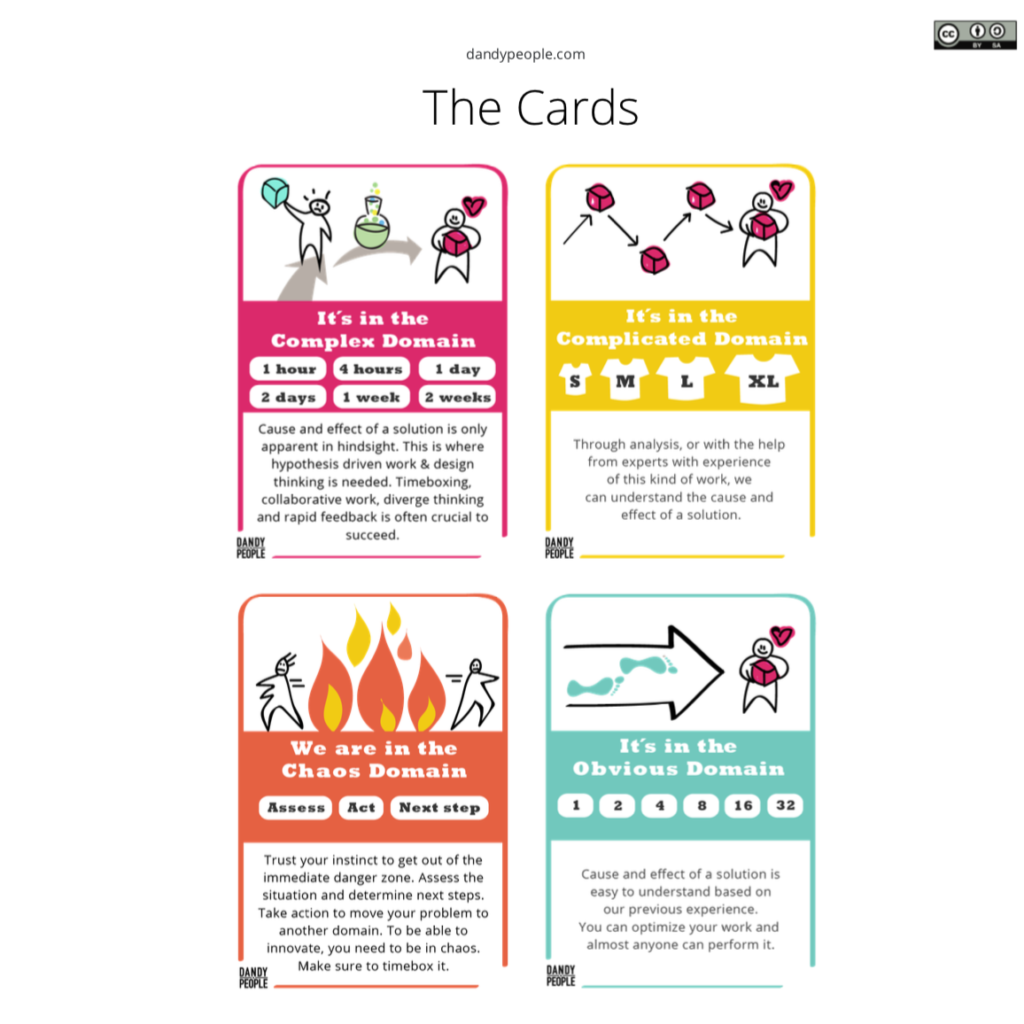

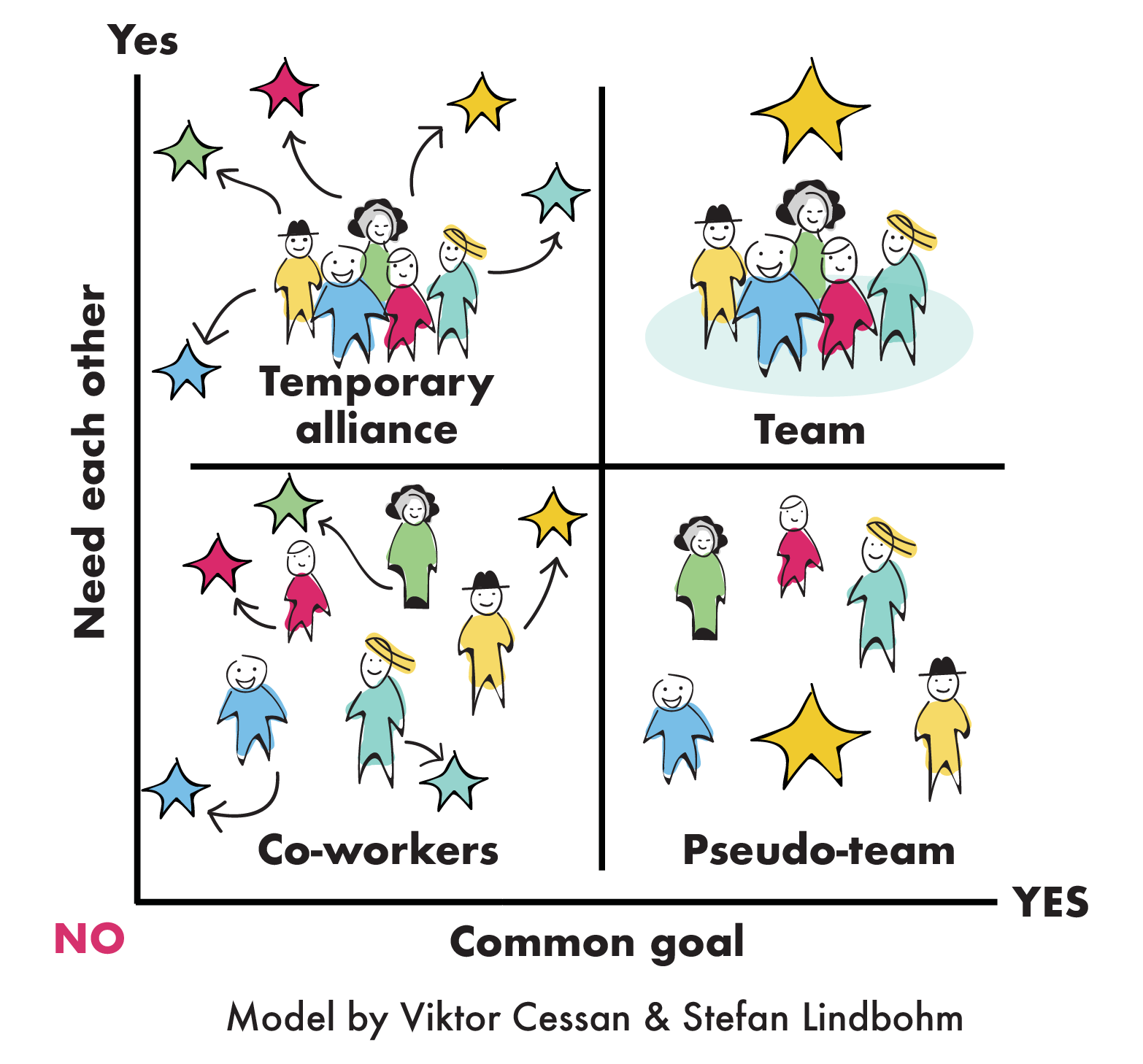
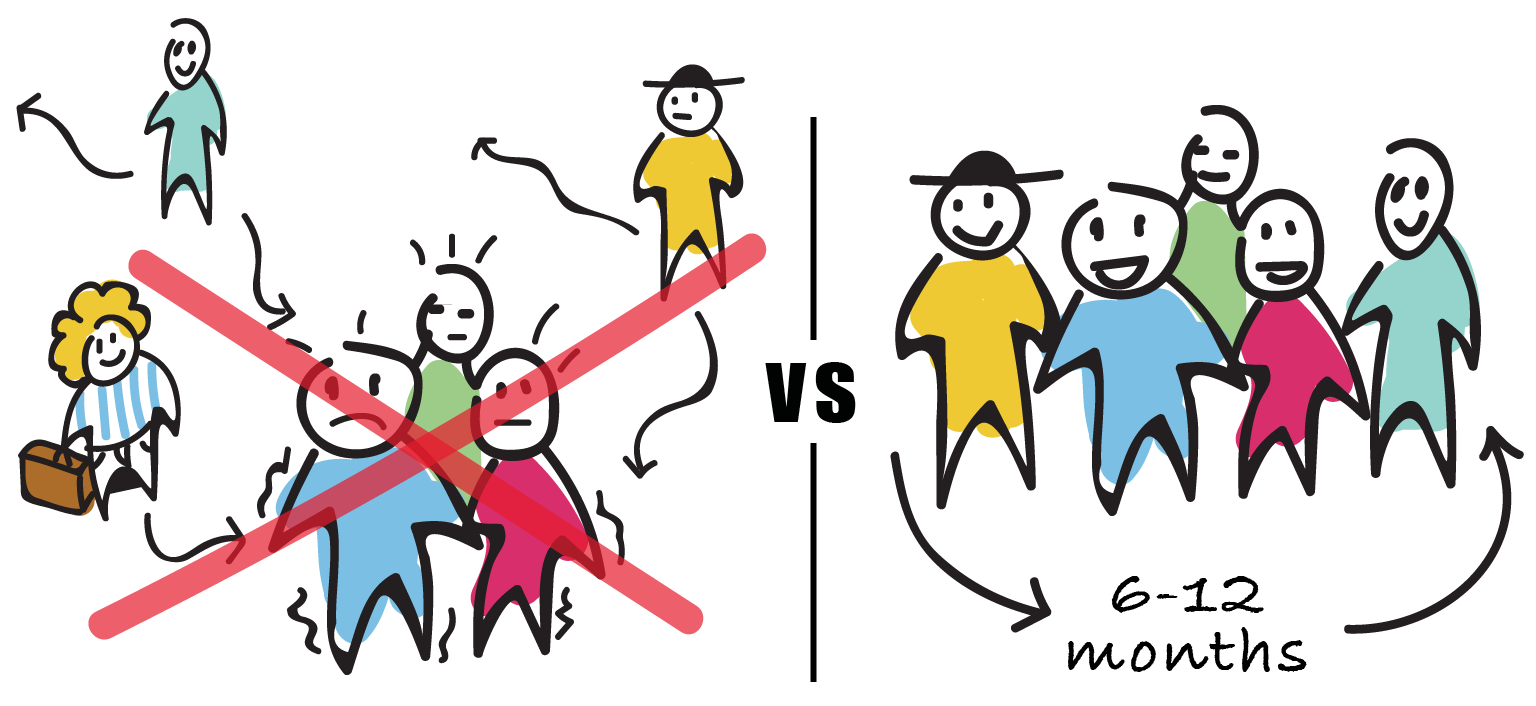


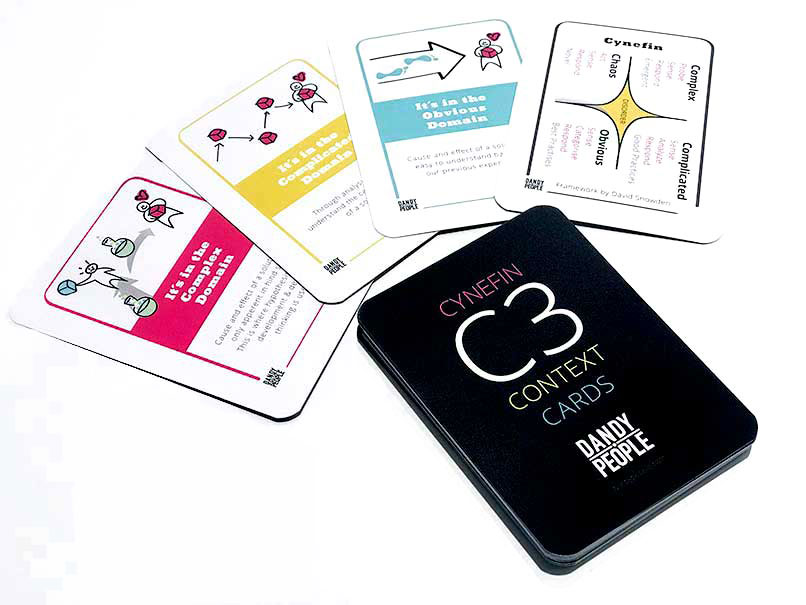
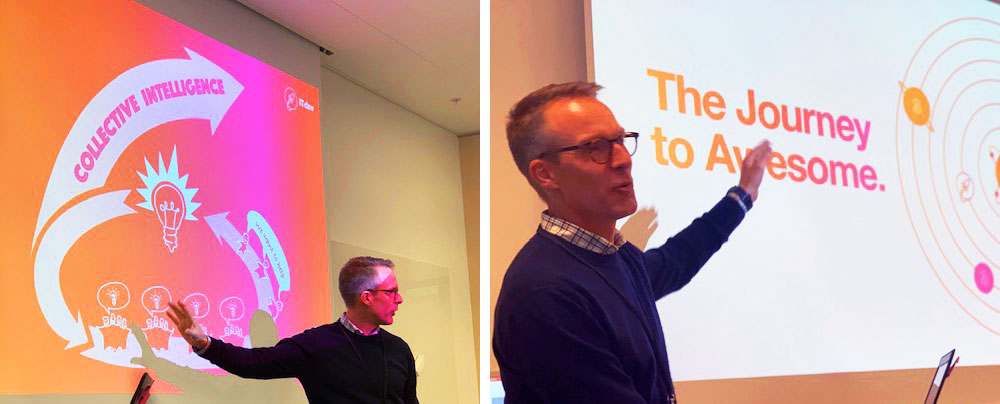
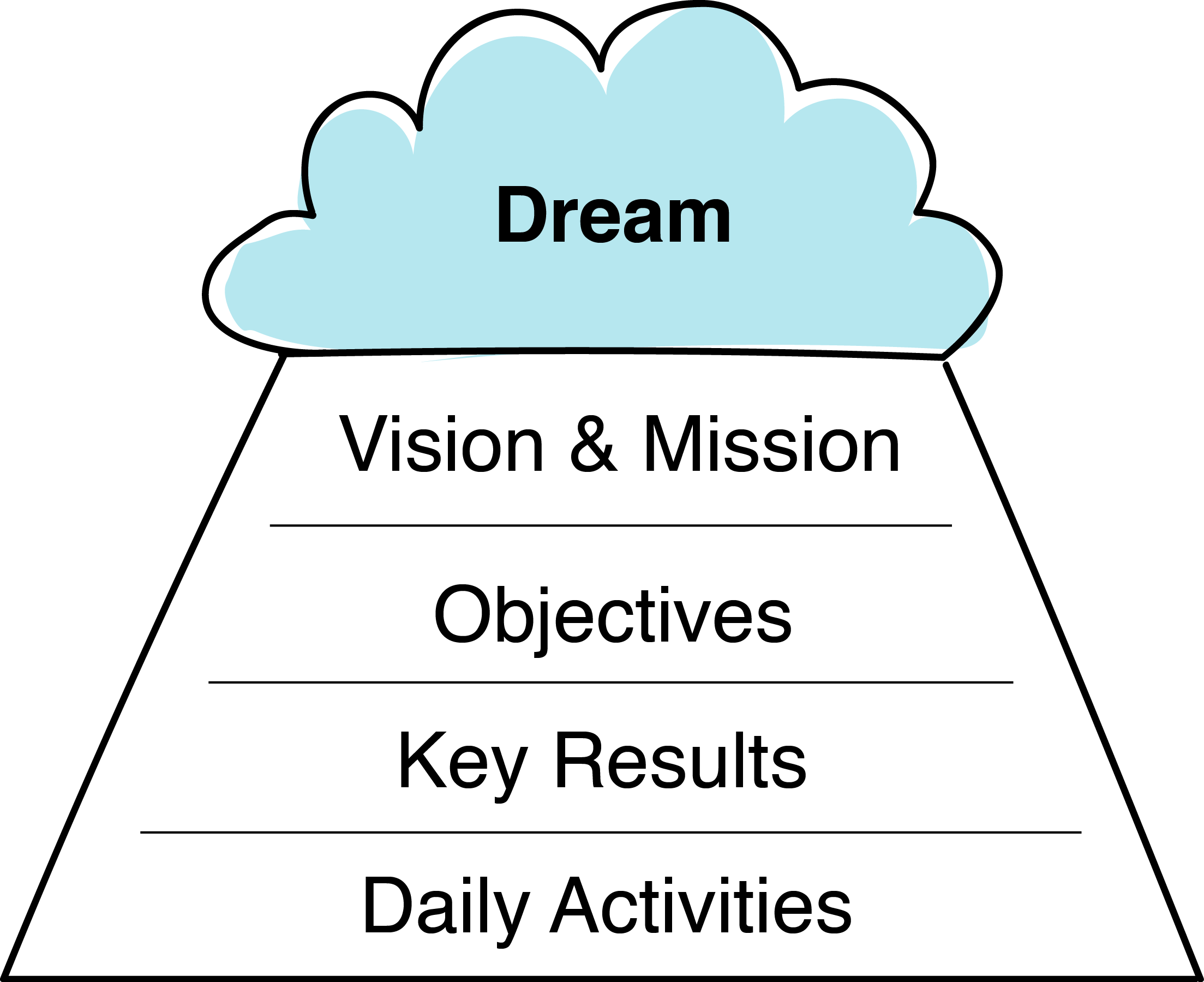
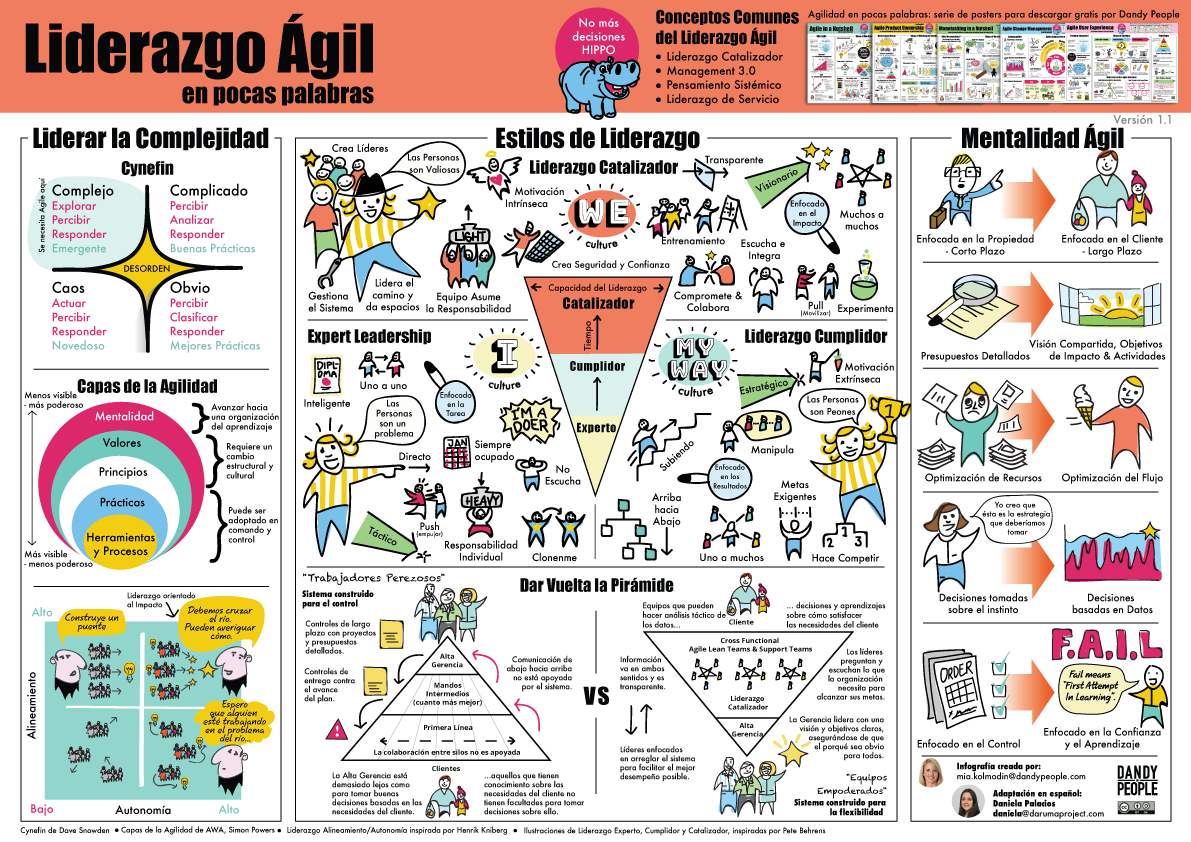
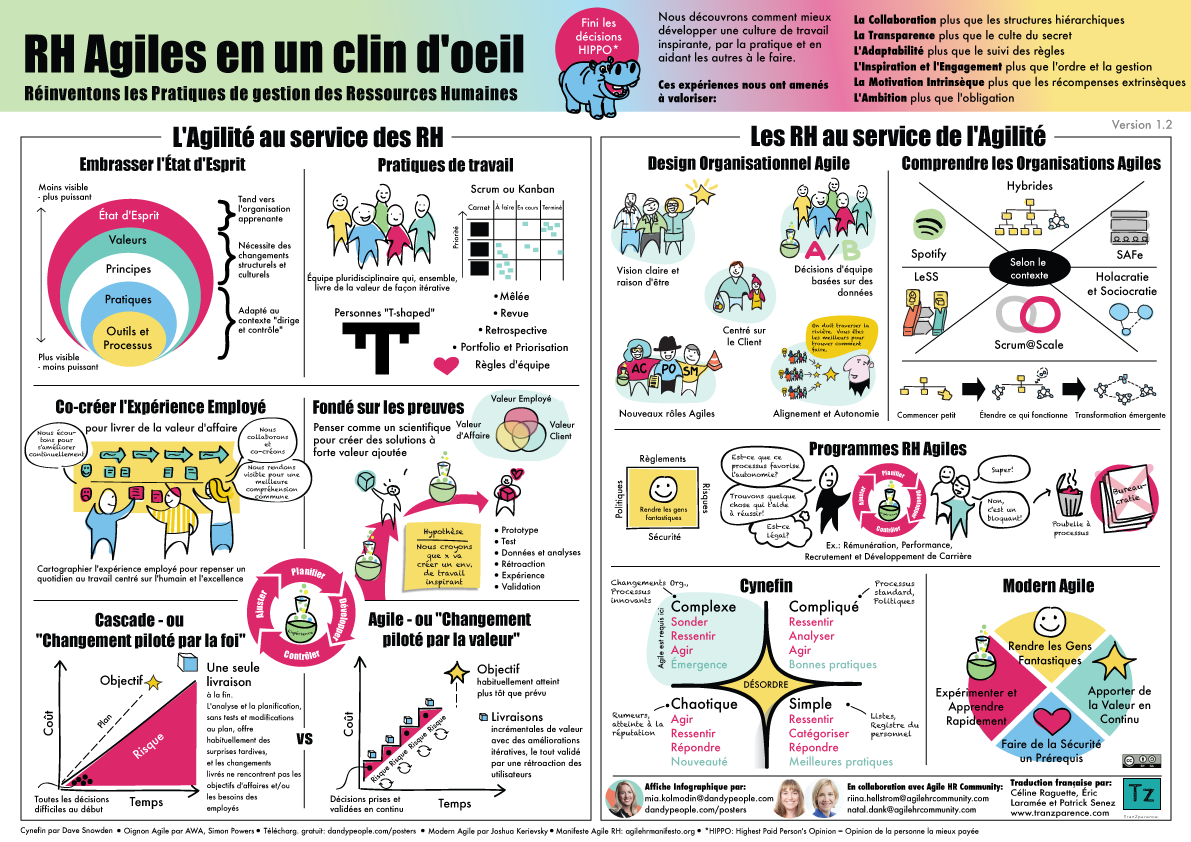
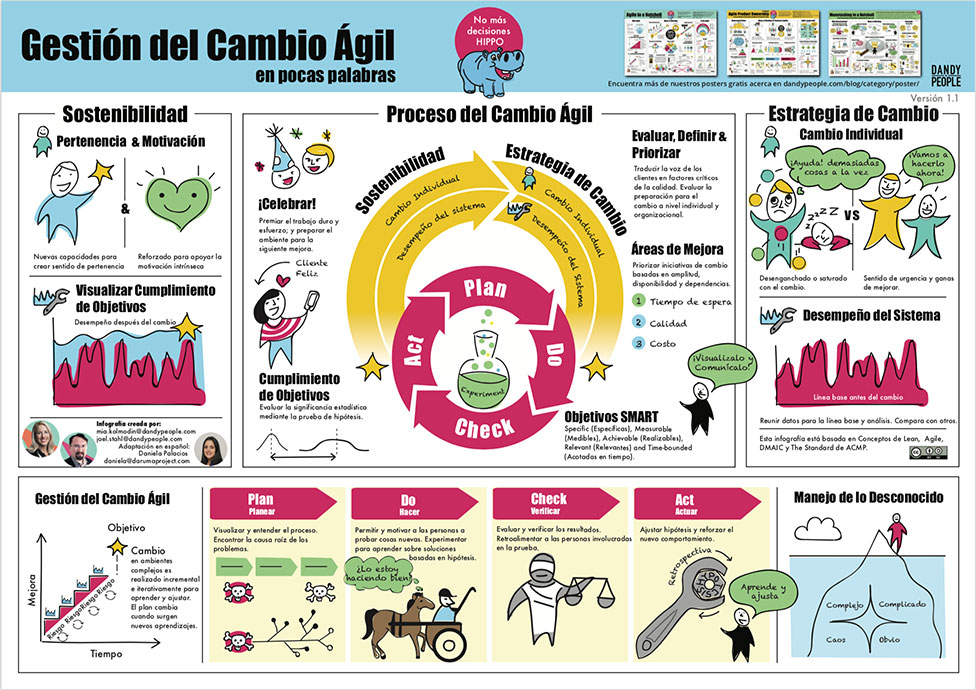
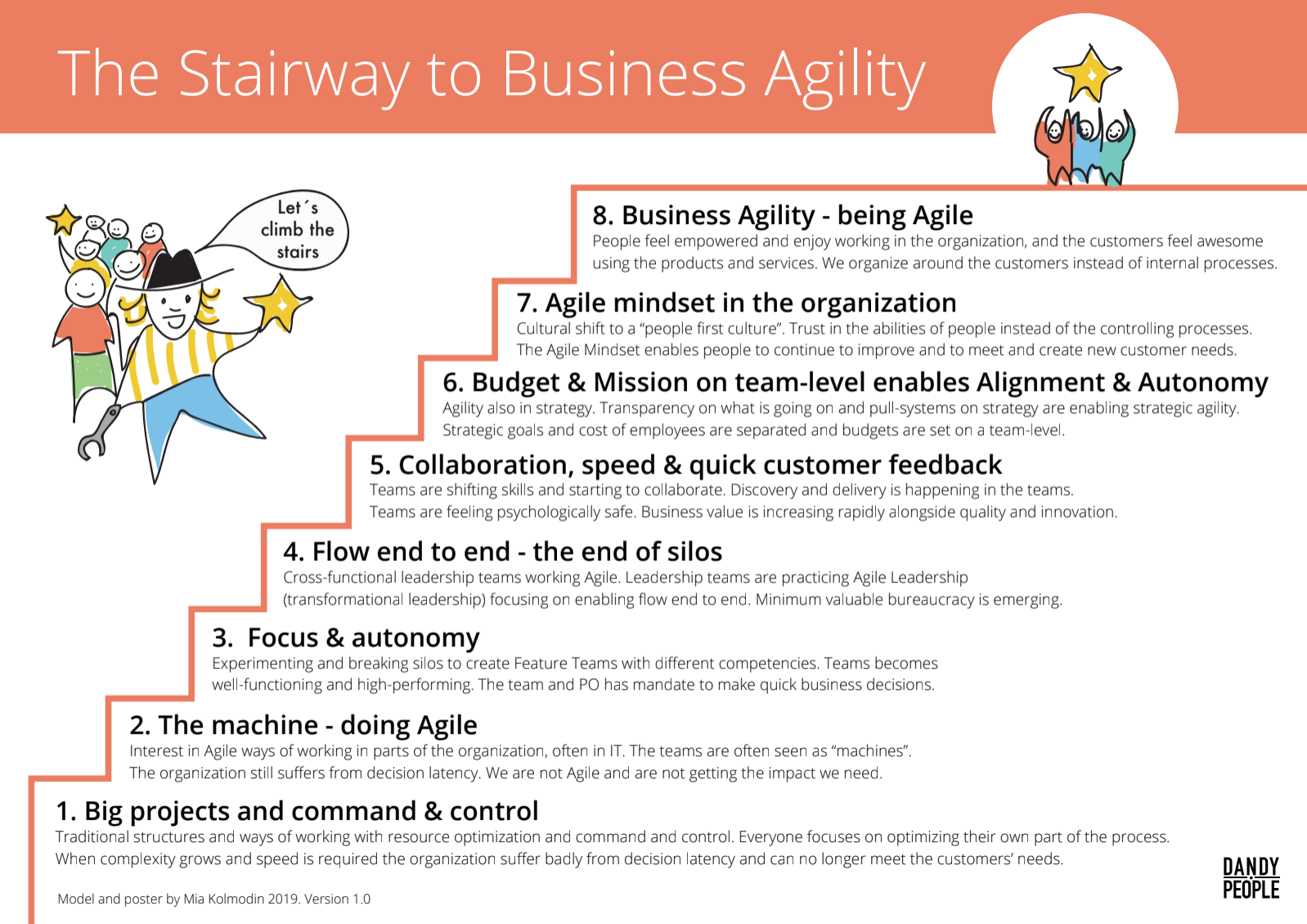





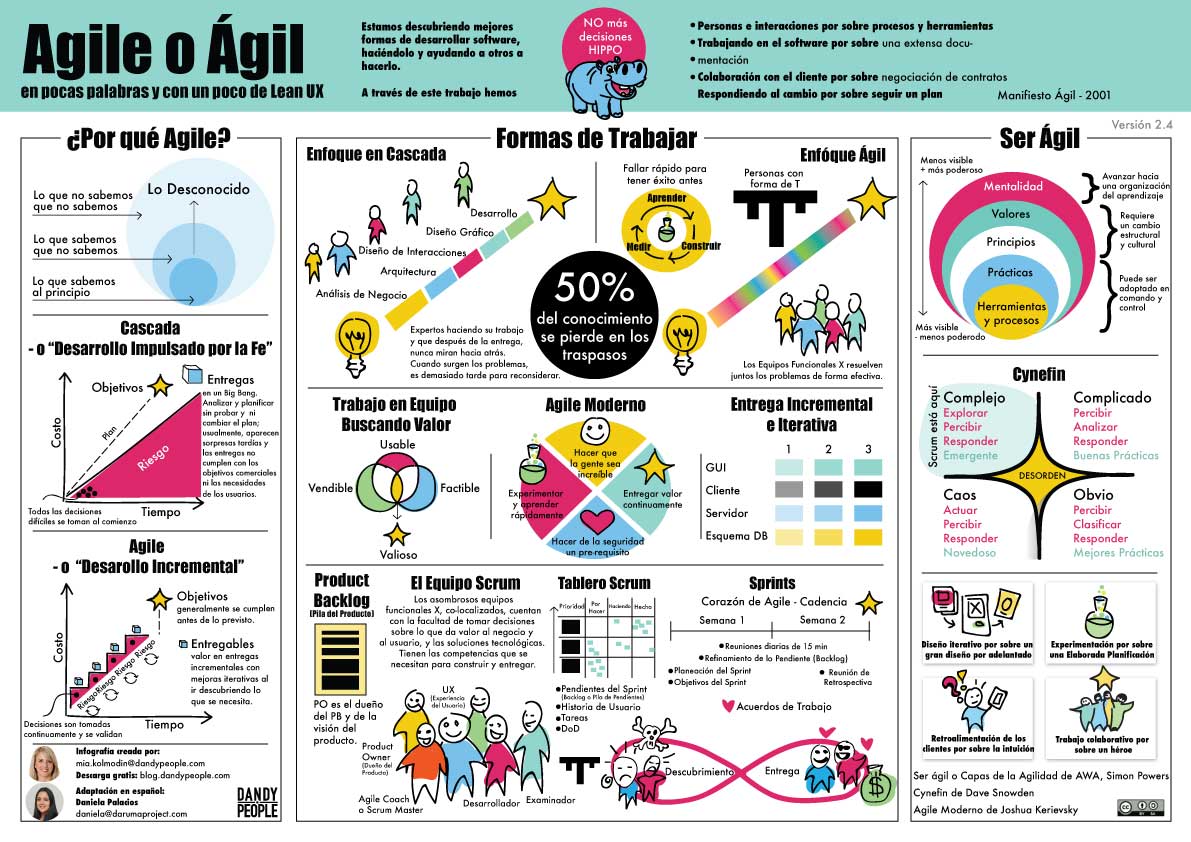






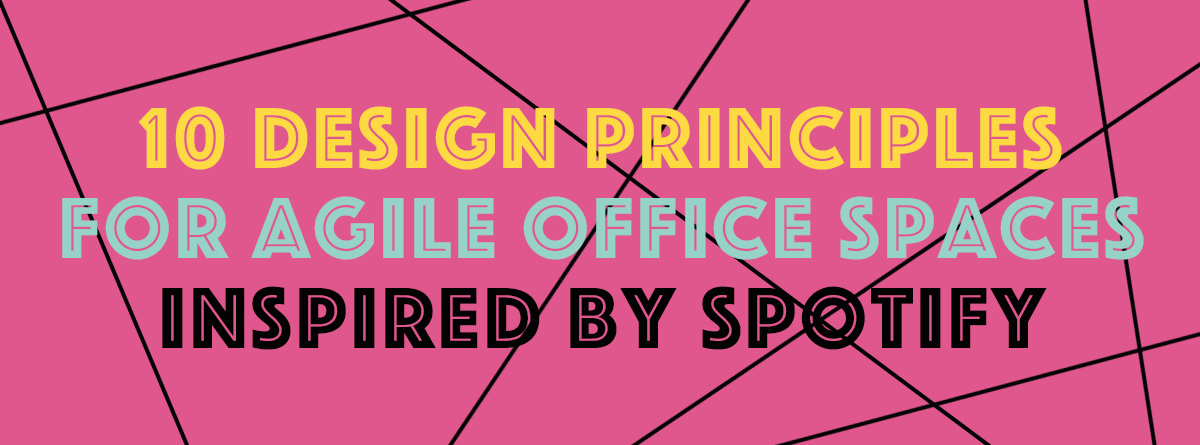
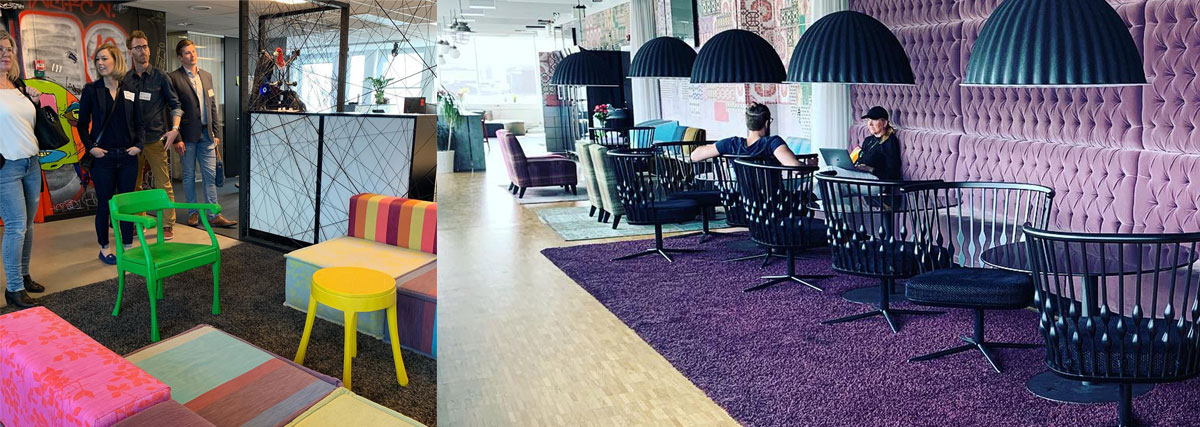
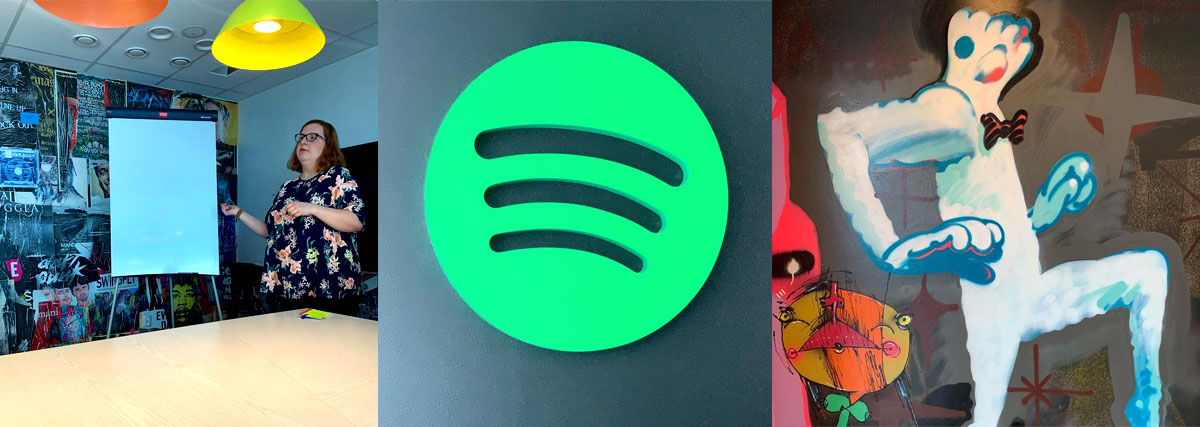

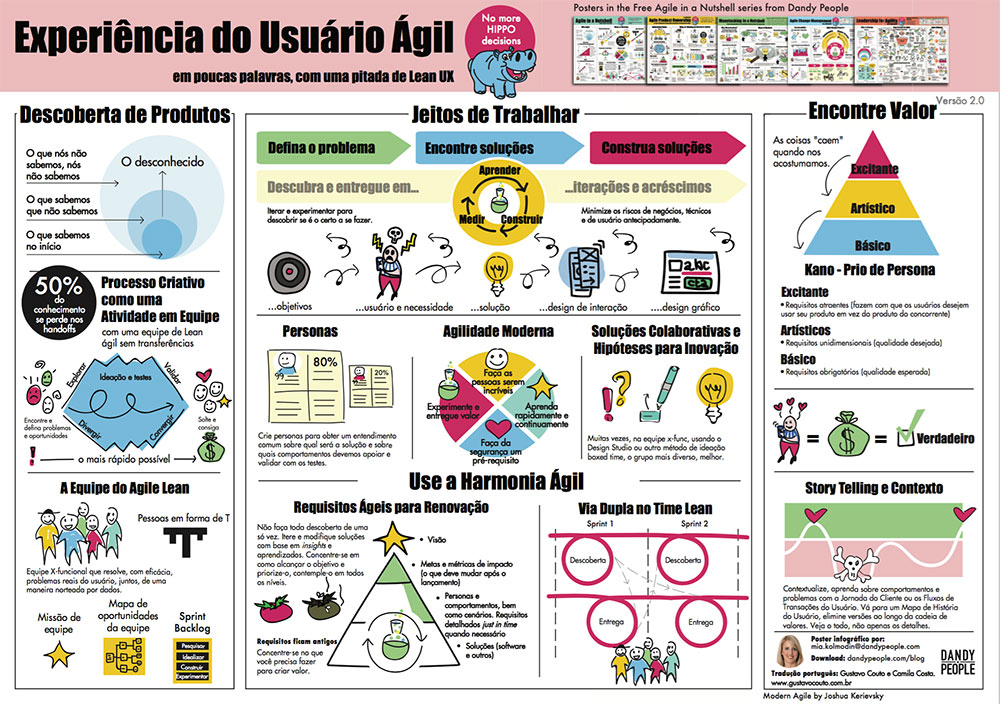
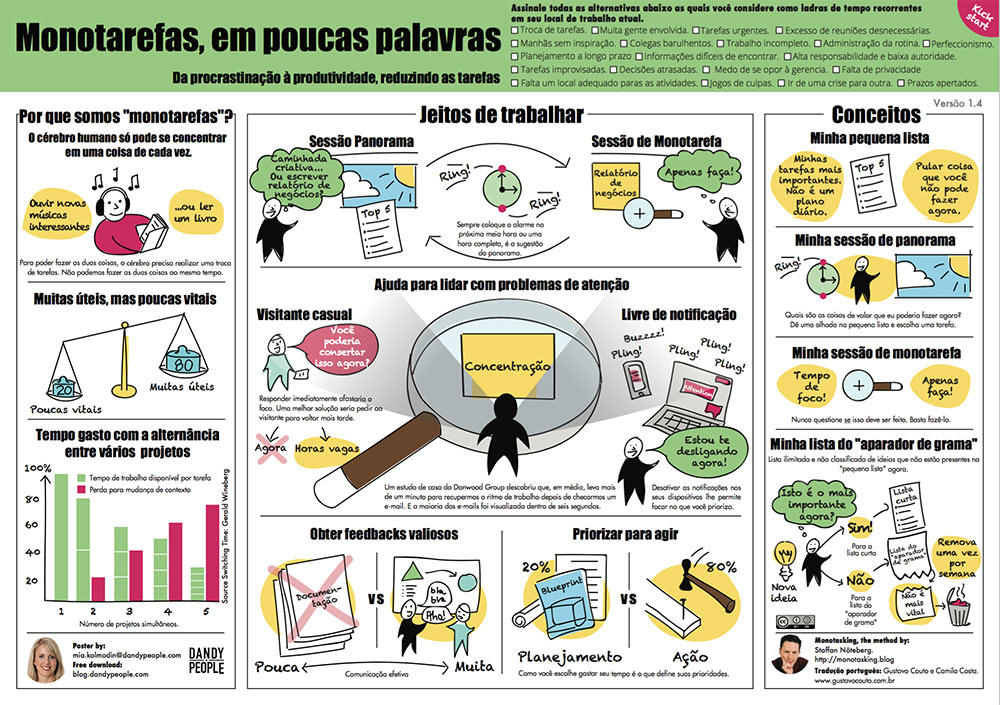
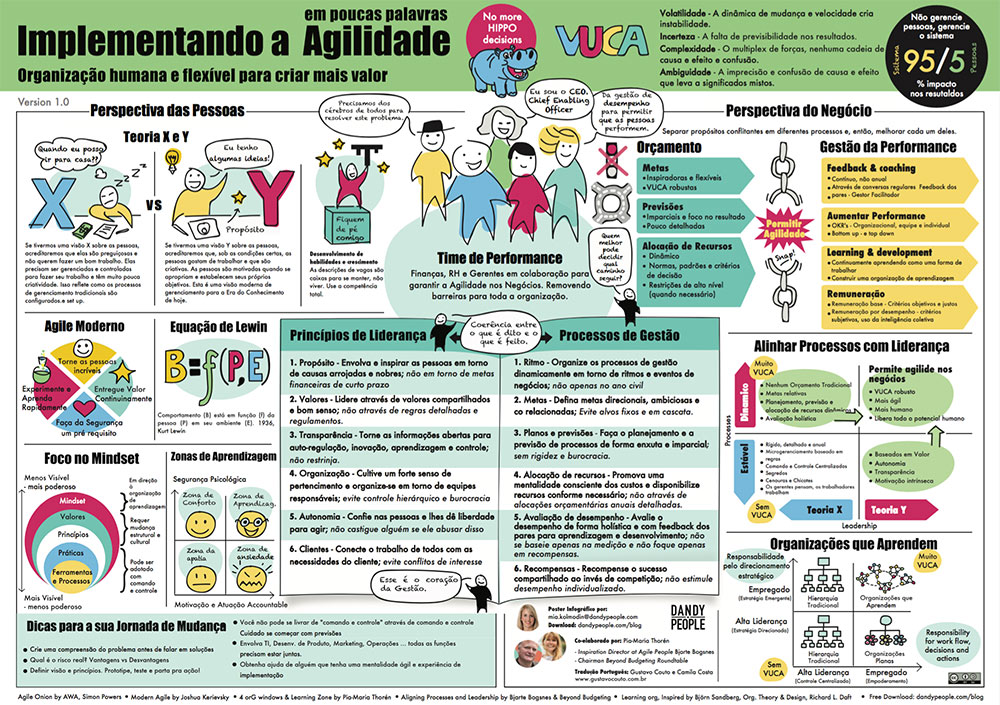
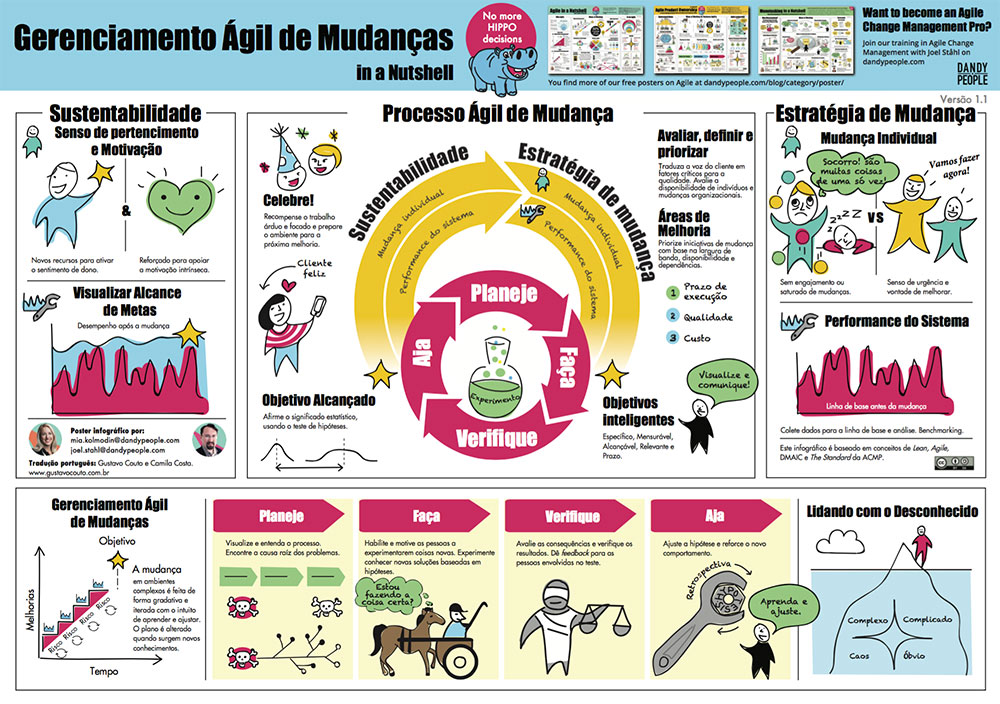
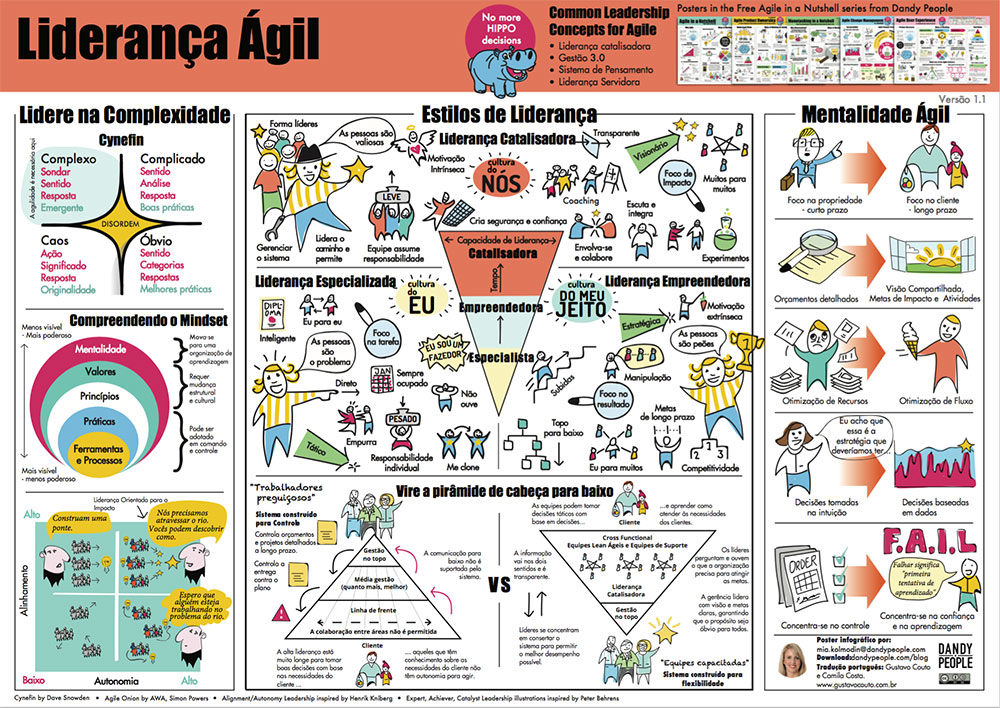
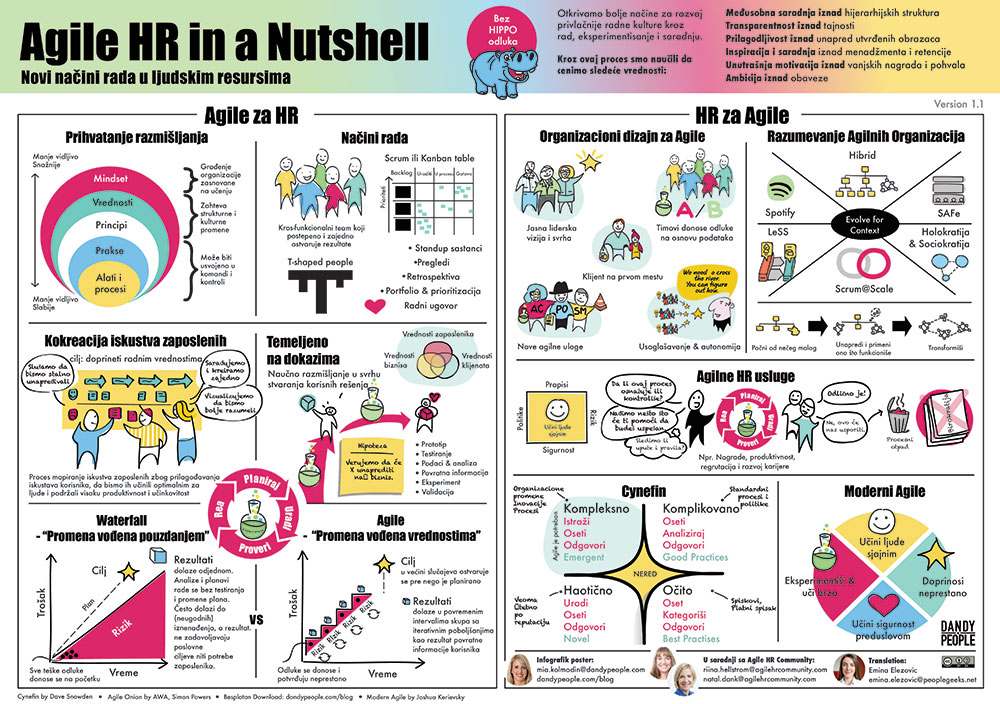
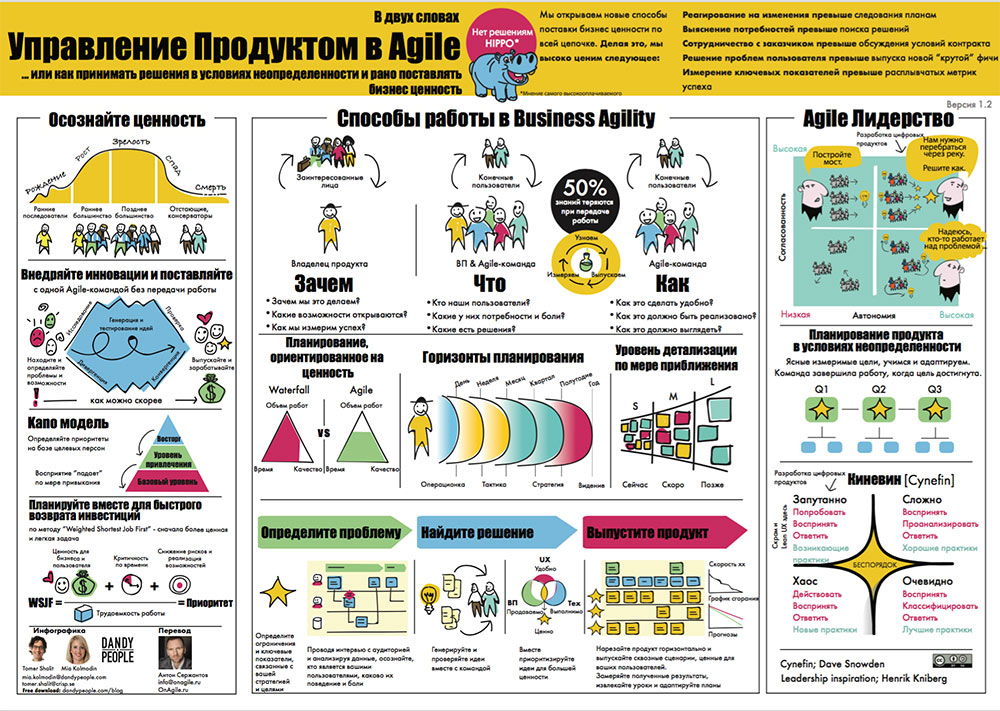
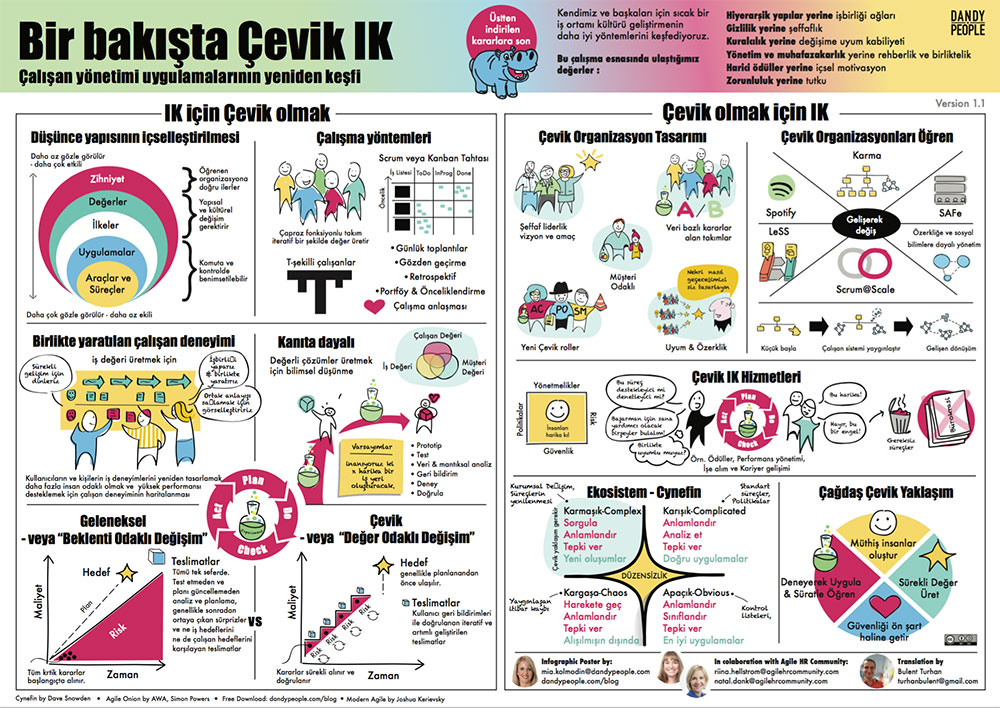
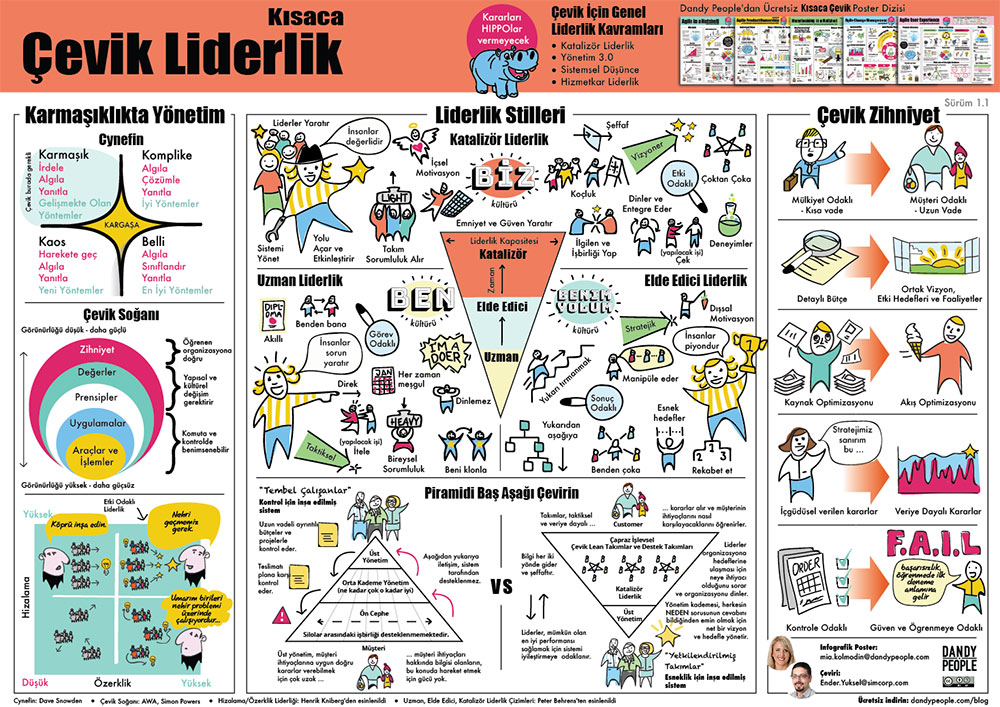
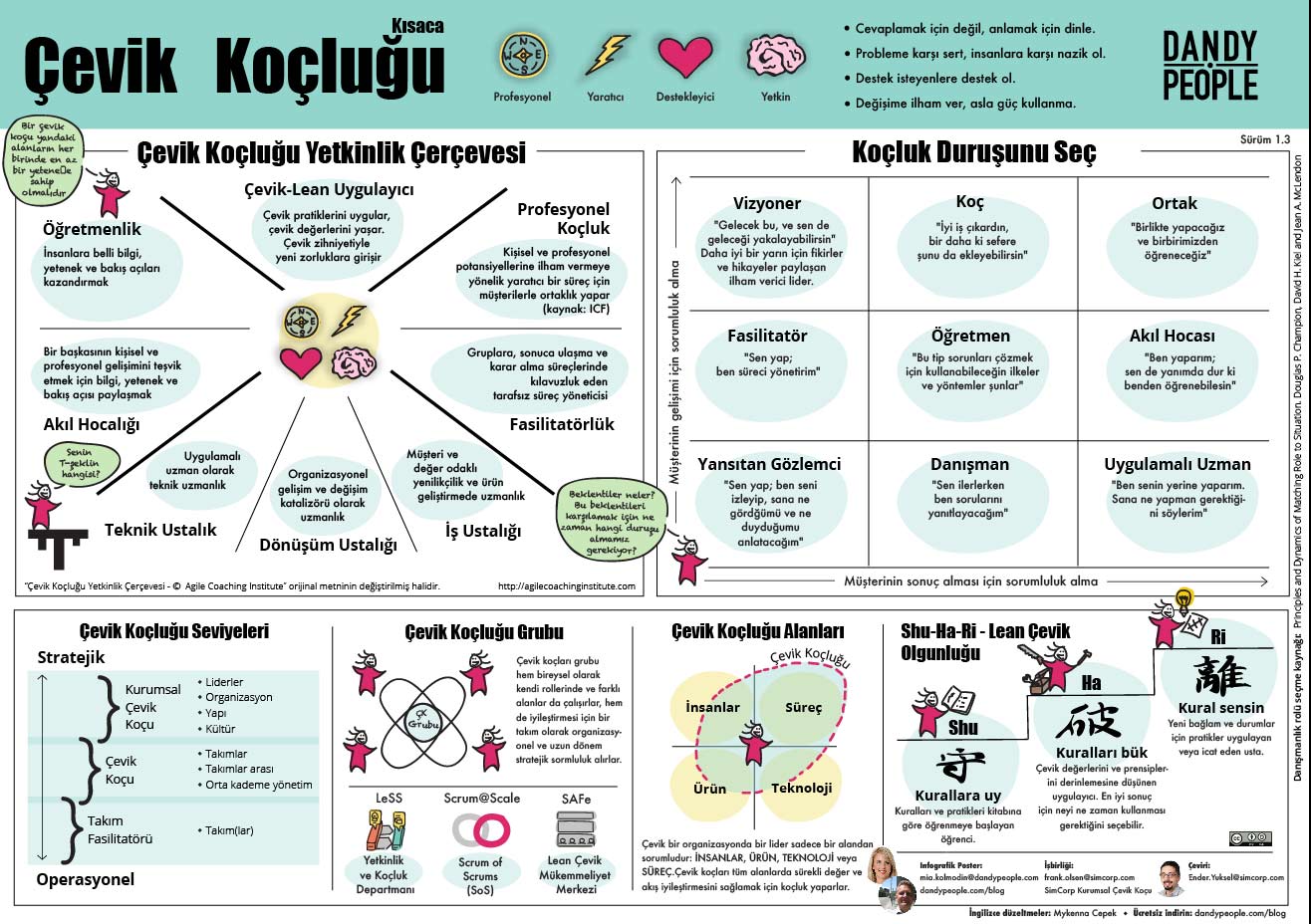
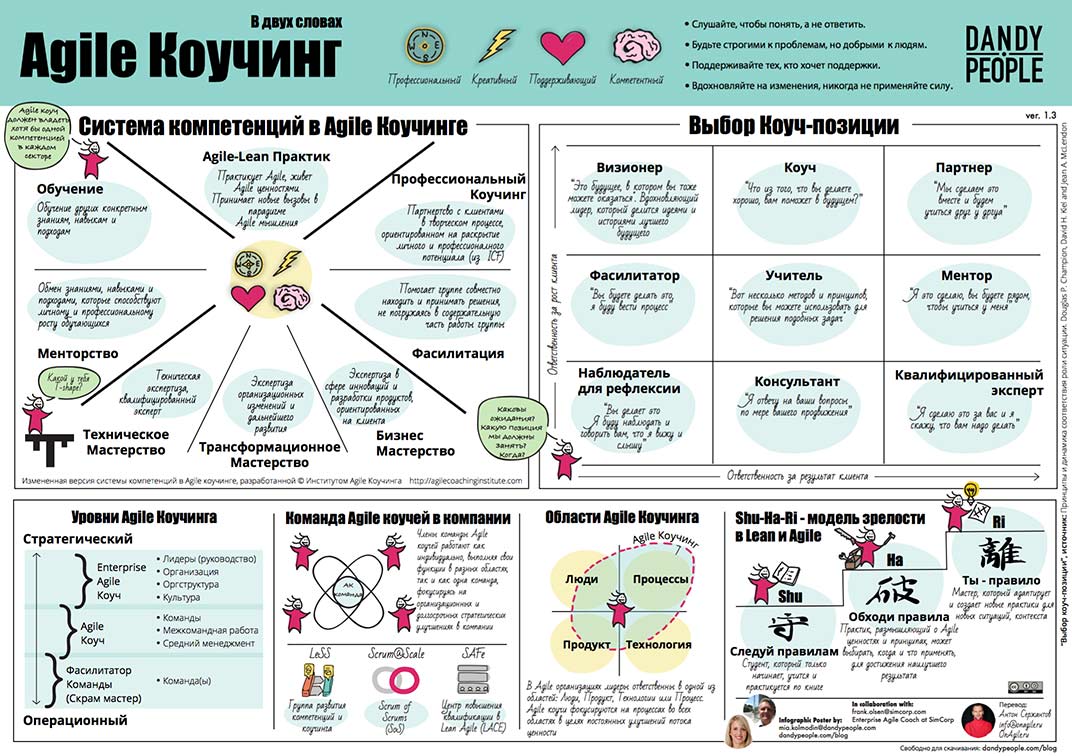
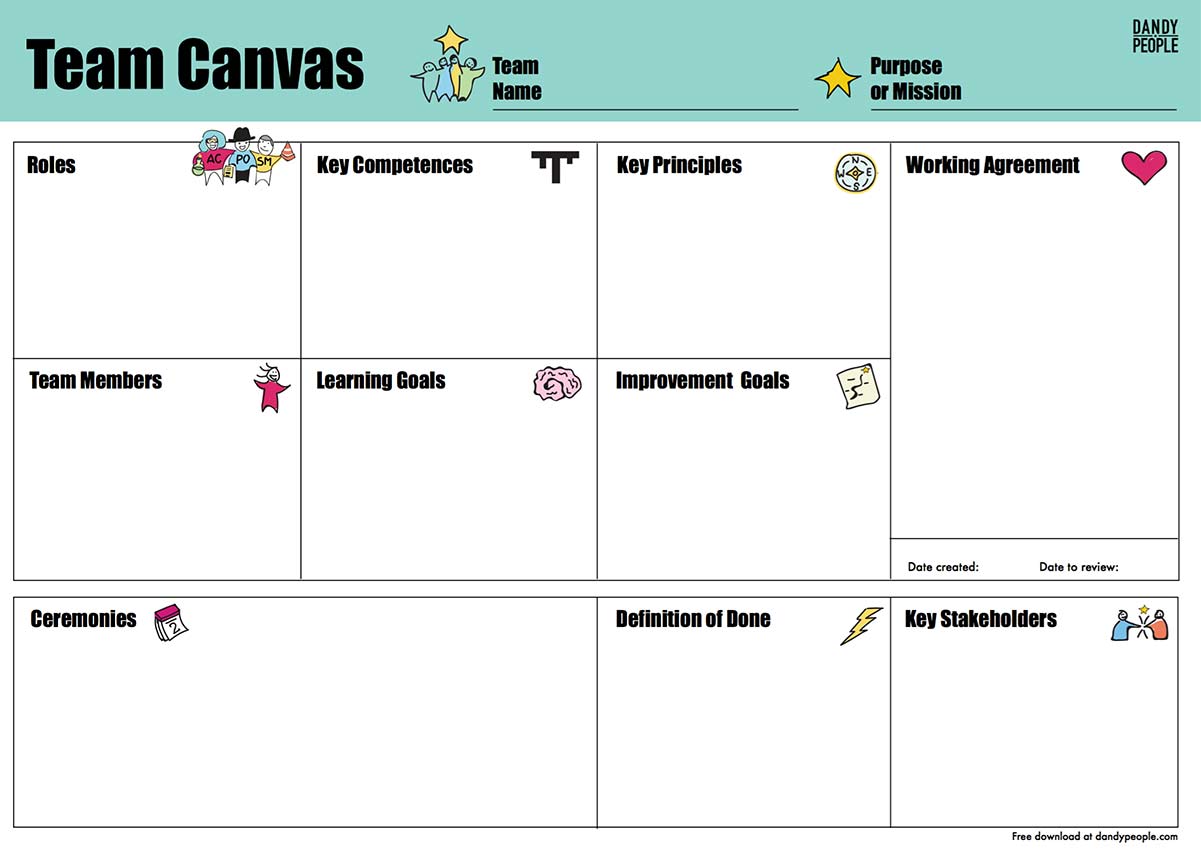



Recent Comments